For my favorite hotel brands, my feelings are quite conflicted. On one hand, I hope they open more locations, providing reliable accommodation options wherever I travel; on the other hand, I selfishly wish they open fewer, so they don’t “fall from grace” just for the sake of expansion. After four years of waiting, my beloved hotel brand, Park Hyatt, has finally launched a new branch, marking its first presence in Central China and the tenth in Greater China—the Changsha Park Hyatt.
This isn’t hindsight; when choosing a city in Central China to open a Park Hyatt, Changsha was the most likely candidate. After all, in the past couple of years, many destinations have suddenly become popular, and what’s rare about Changsha is not just its newfound wealth but the way it has managed to maintain its appeal.
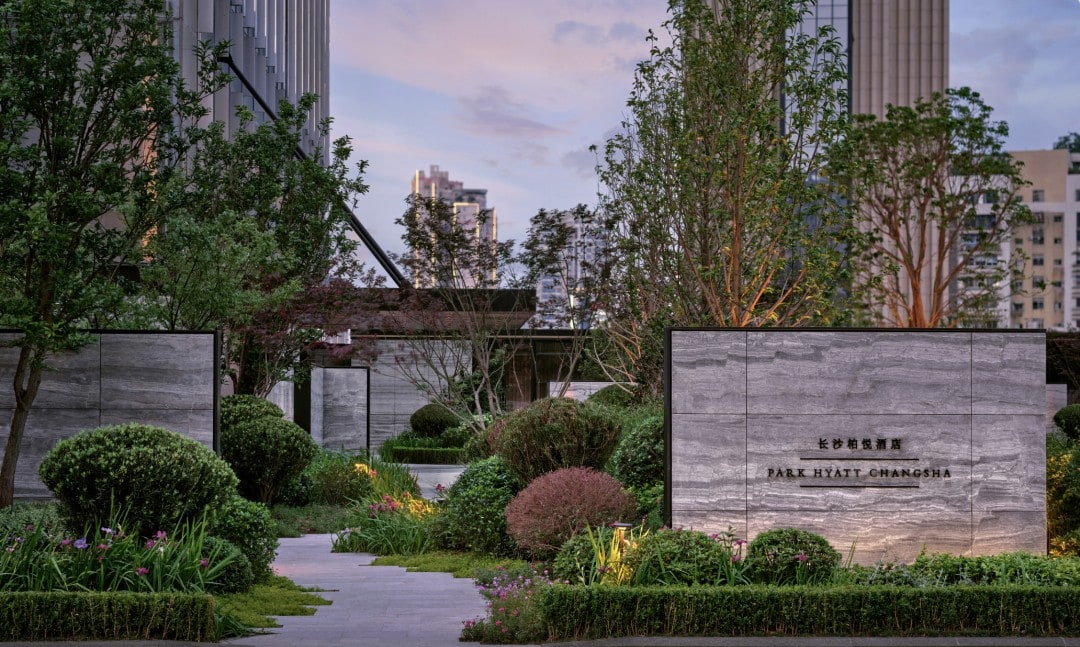
This is evident through the numbers, particularly in hotel agreements. In 2023, Changsha ranked first in the country with 57 signed projects, highlighting the city as a focal point for hotel development. This reflects Hyatt’s forward-thinking strategy, as they quickly opened this highly anticipated Changsha Park Hyatt, following the success of the already well-received Changsha Grand Hyatt.
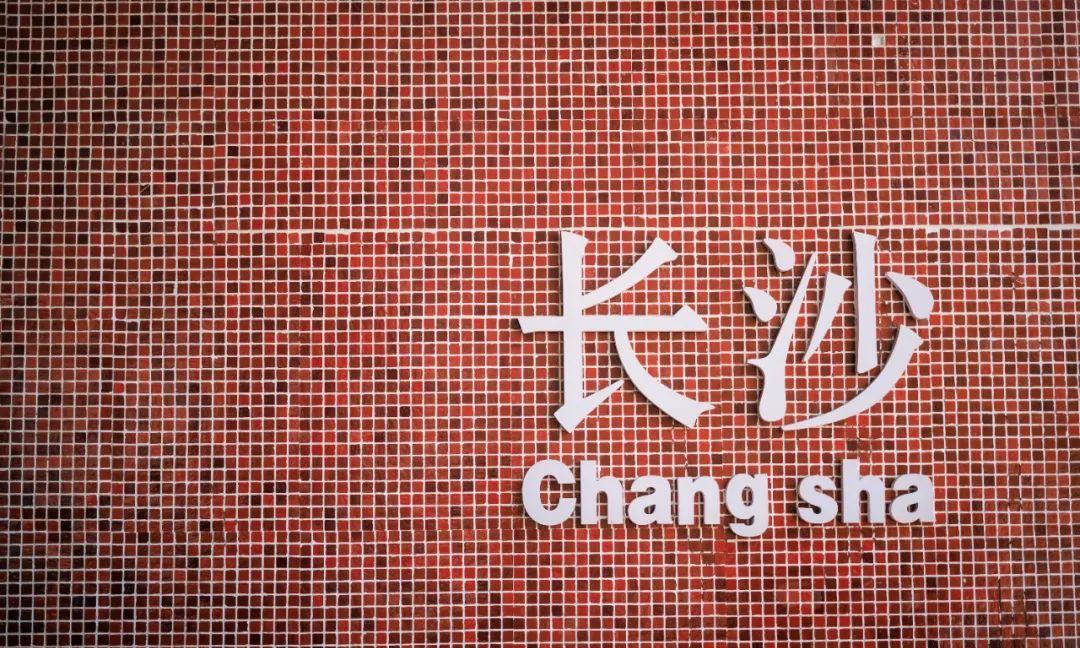
Out of the ten Park Hyatt hotels in China, I’ve already stayed in and reviewed nine, so I certainly couldn’t miss out on the newest, Changsha Park Hyatt, and I made it a priority to check it out right away. After my visit, I can confidently say that Changsha Park Hyatt is absolutely the youngest of the Park Hyatts in China.
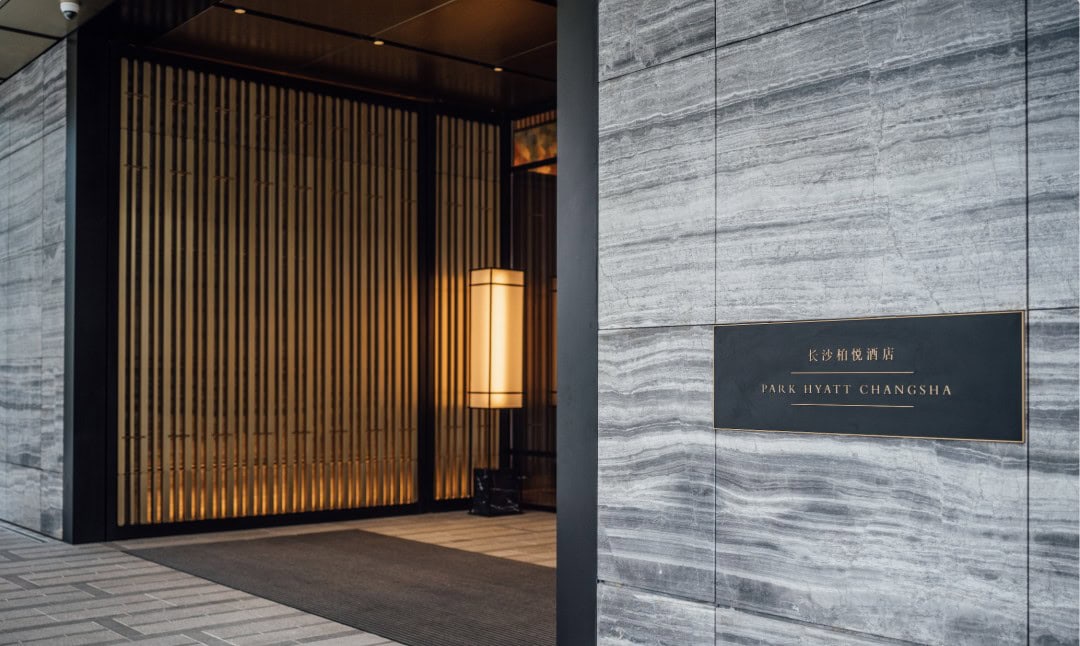
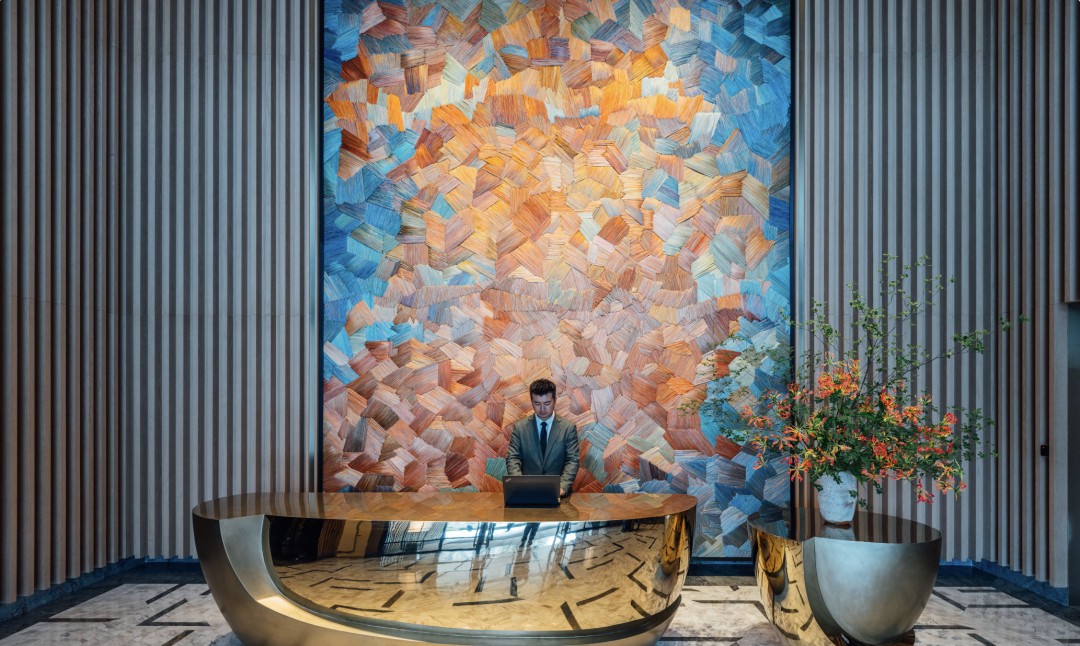
By “young,” I refer not only to the hotel’s age but also to its essence. First, let’s talk about its location. Changsha Park Hyatt is perched atop the T2 tower of the Changsha International Financial Center, which is one of the trendiest spots in the city, fitting perfectly with Changsha’s youthful urban spirit.
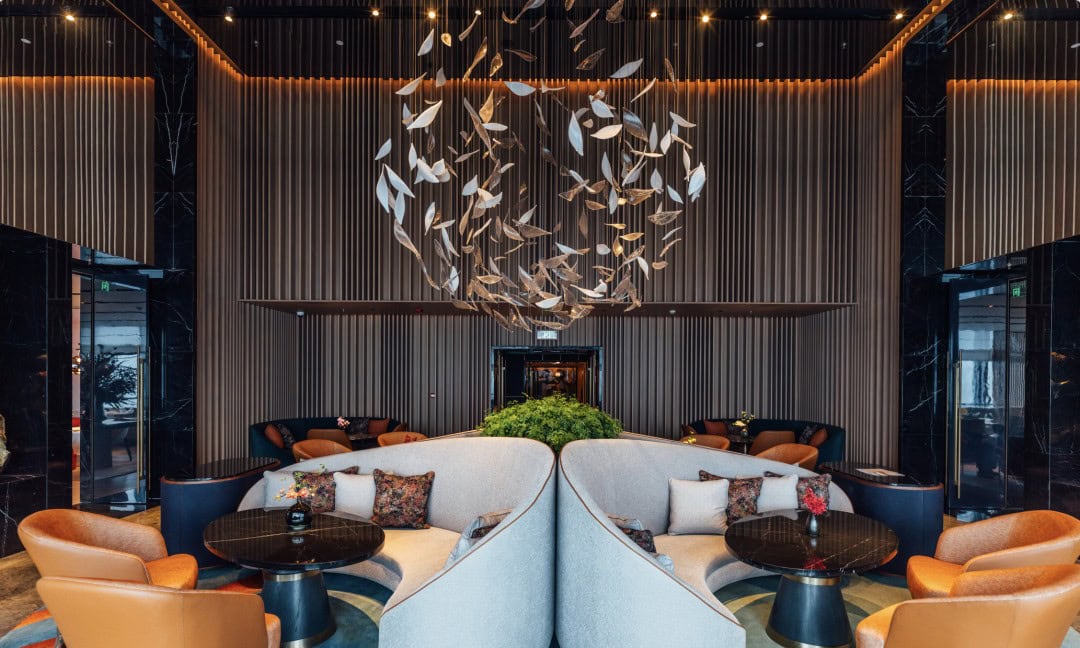
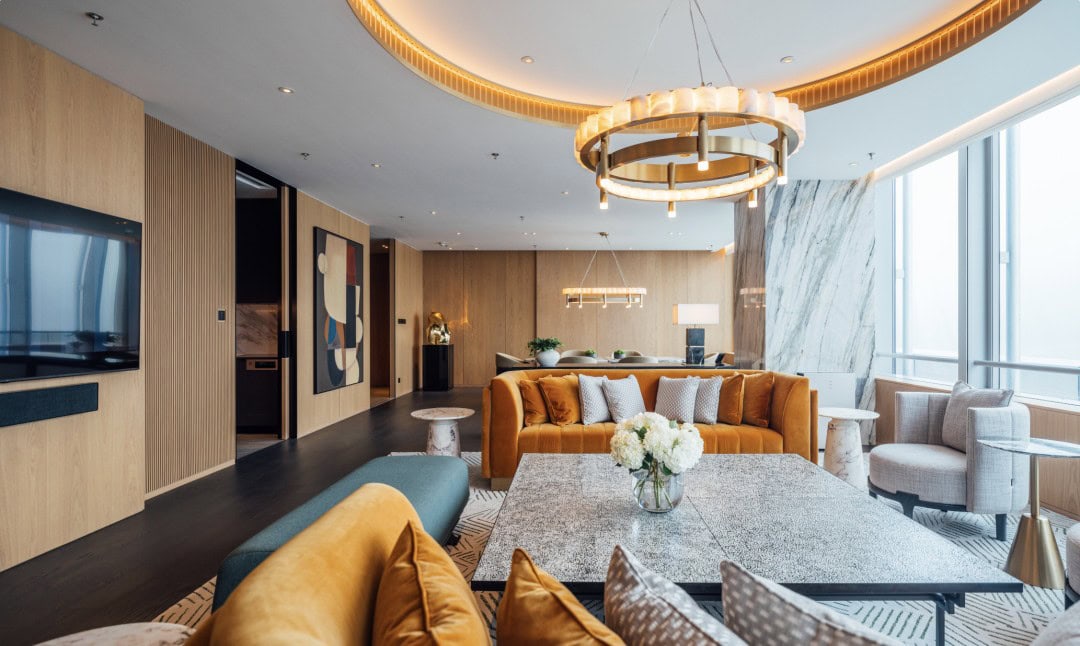
The skyline hotel has a contemporary location, while its views remain firmly “traditional”—the Xiang River, Yuelu Mountain, and Orange Island are all framed beautifully by the hotel’s floor-to-ceiling windows, encapsulating the essence of “Old Changsha.”
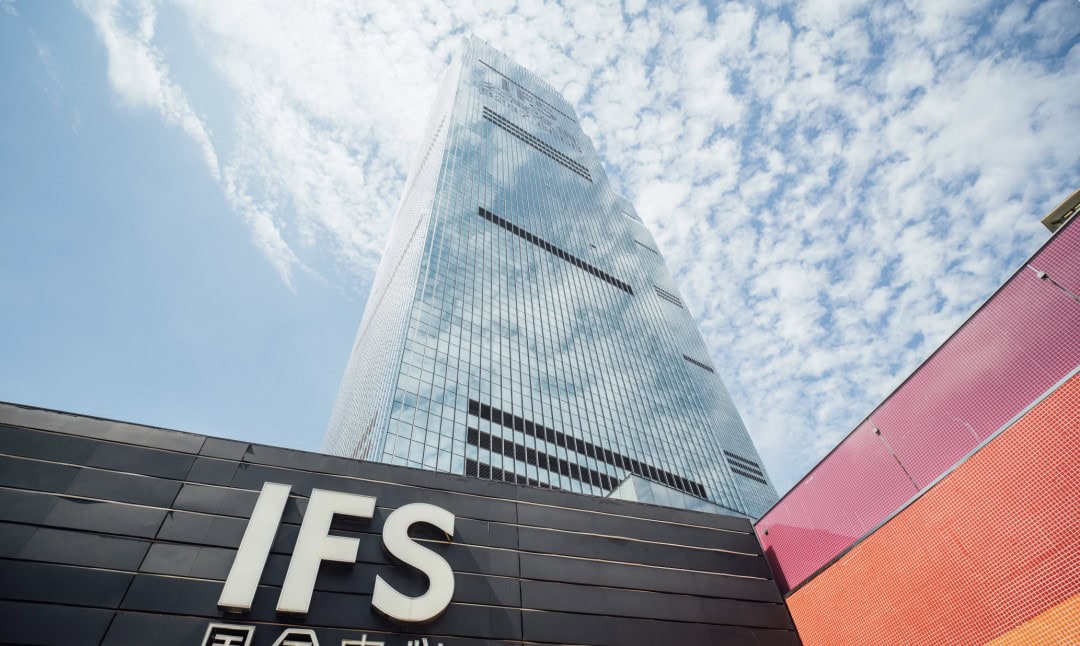
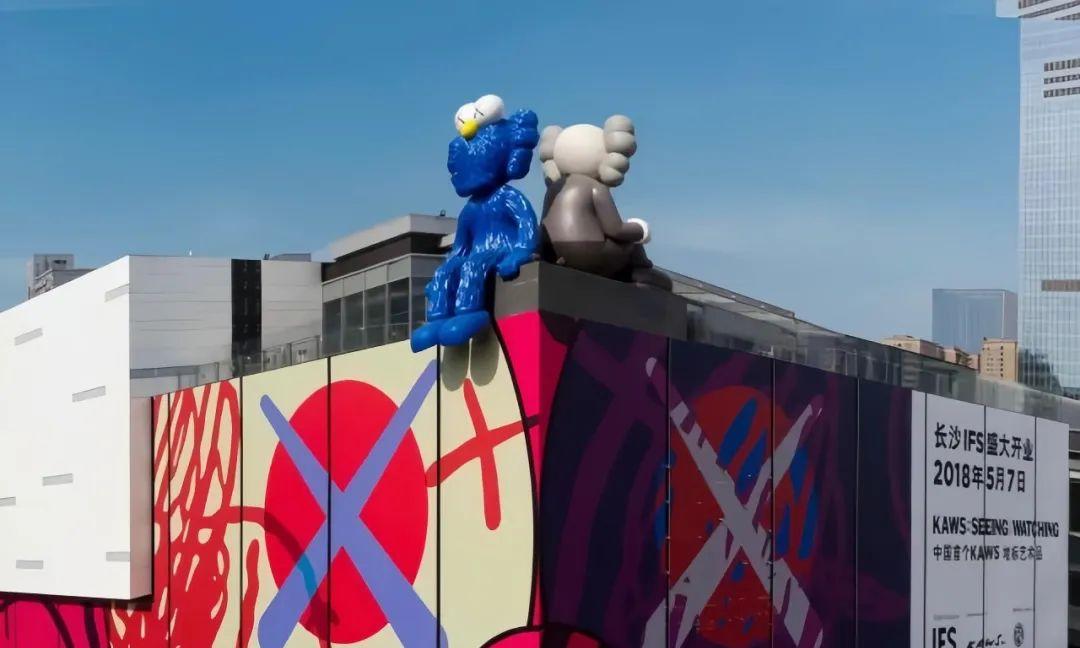
Moreover, the concept of the hotel feels very “young.” Park Hyatt’s brand philosophy of being a “home away from home” comes alive here; while Park Hyatt Guangzhou embodies a Lingnan residence and Park Hyatt Suzhou relates to garden settings, Changsha Park Hyatt is notably creative, embodying the image of a cultured female globetrotter whose fashionable residence you are invited to visit during your stay.
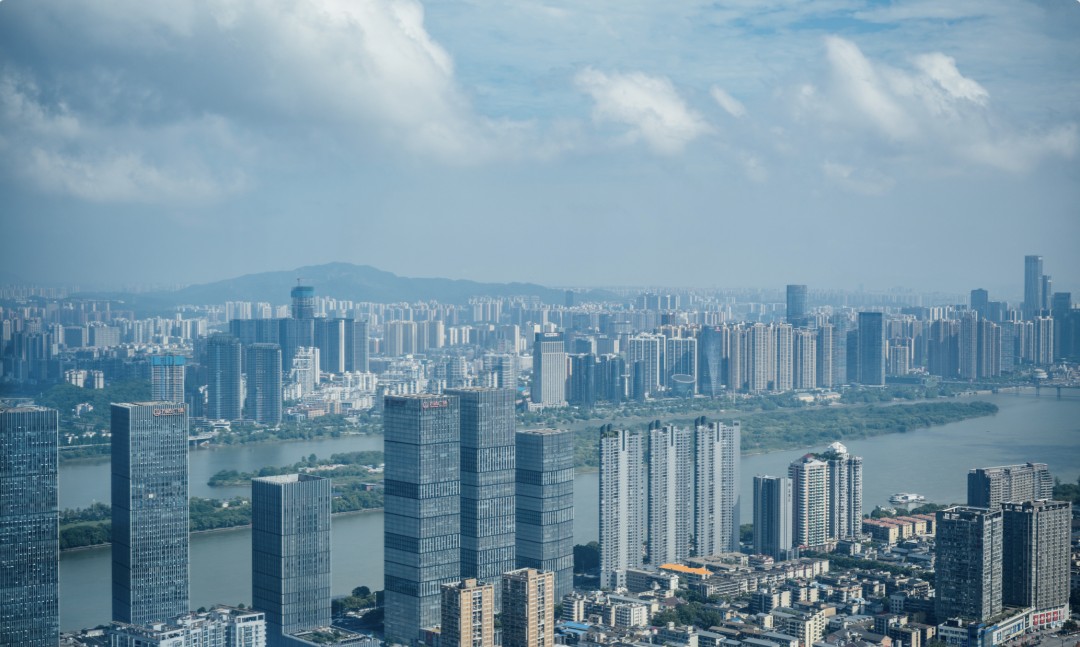
The youthful vibe is further echoed in the design. A glance at the visuals showcases a significant difference; the colors used in Changsha Park Hyatt are vibrant and bold. My initial impression was that it felt somewhat like an Andaz hotel, with red, orange, and green prominently featured as the main color scheme—playful yet not chaotic.
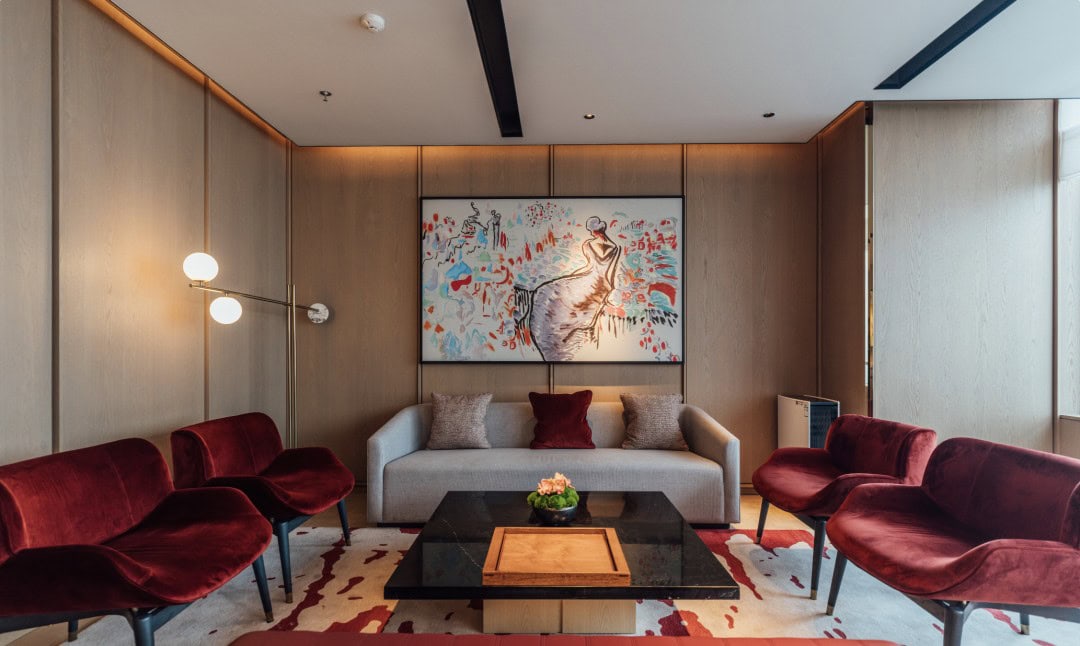
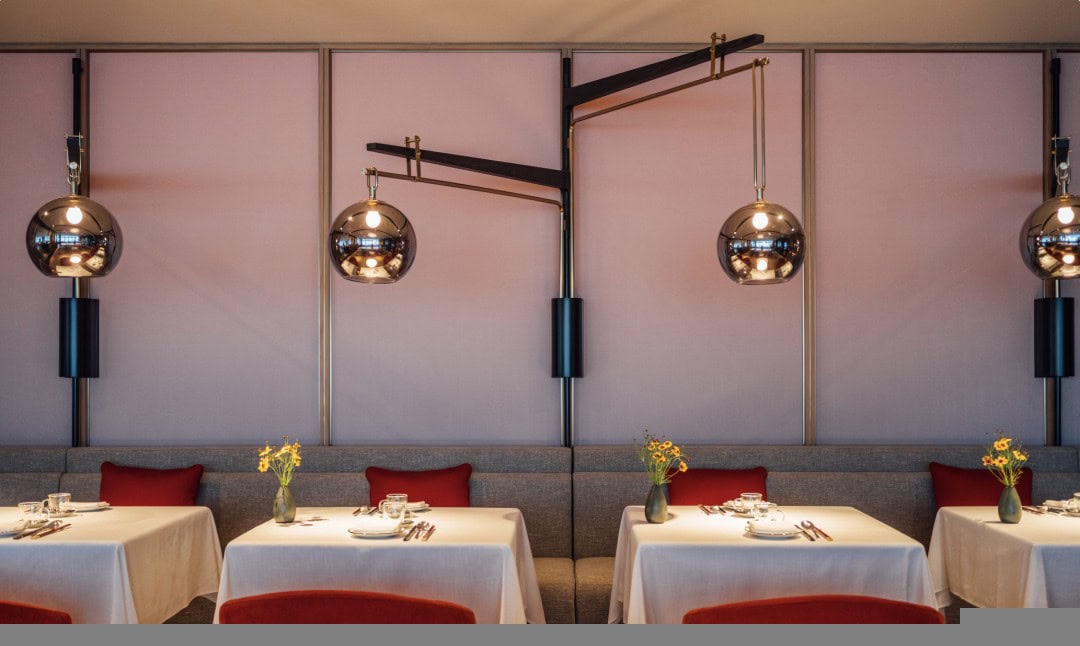
The interior design was crafted by Conran and Partners from London, marking their third Park Hyatt project following Auckland and Jakarta.
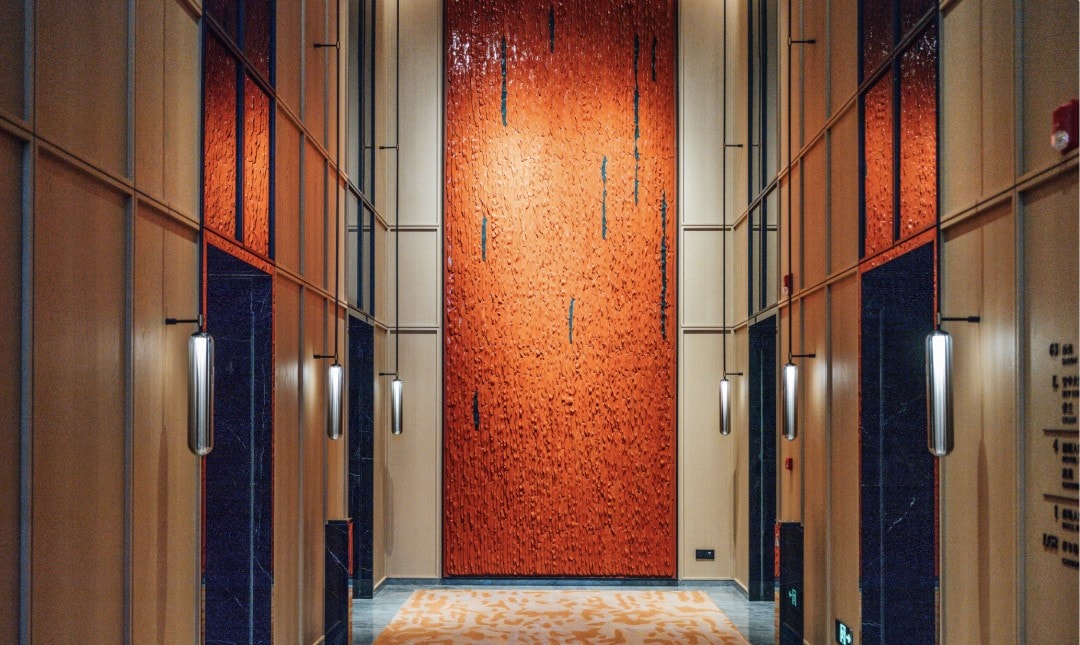
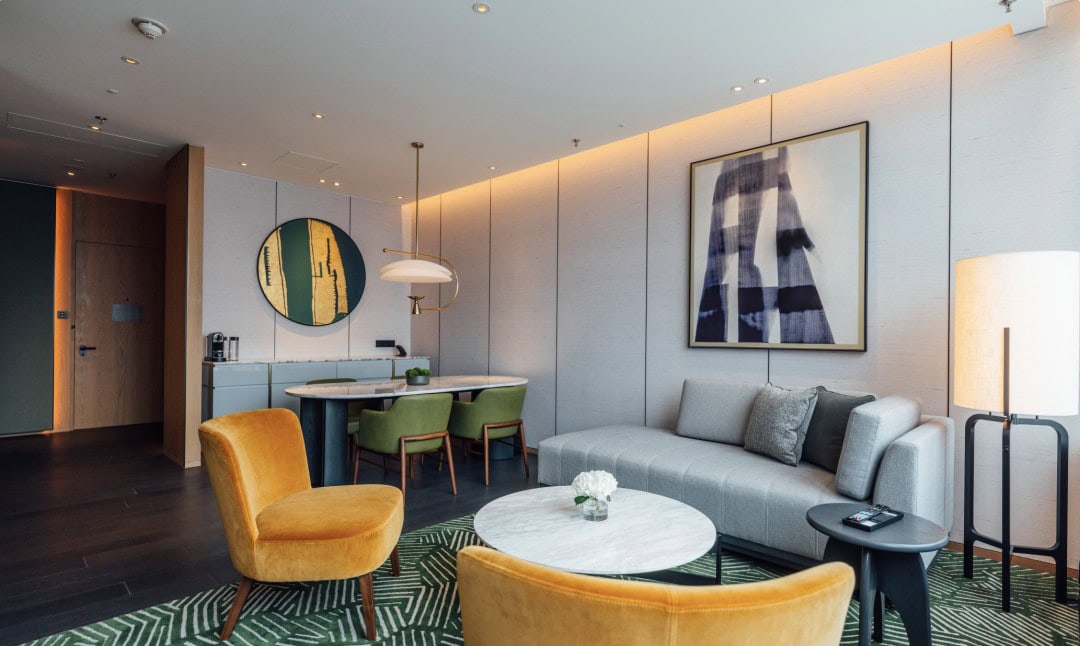
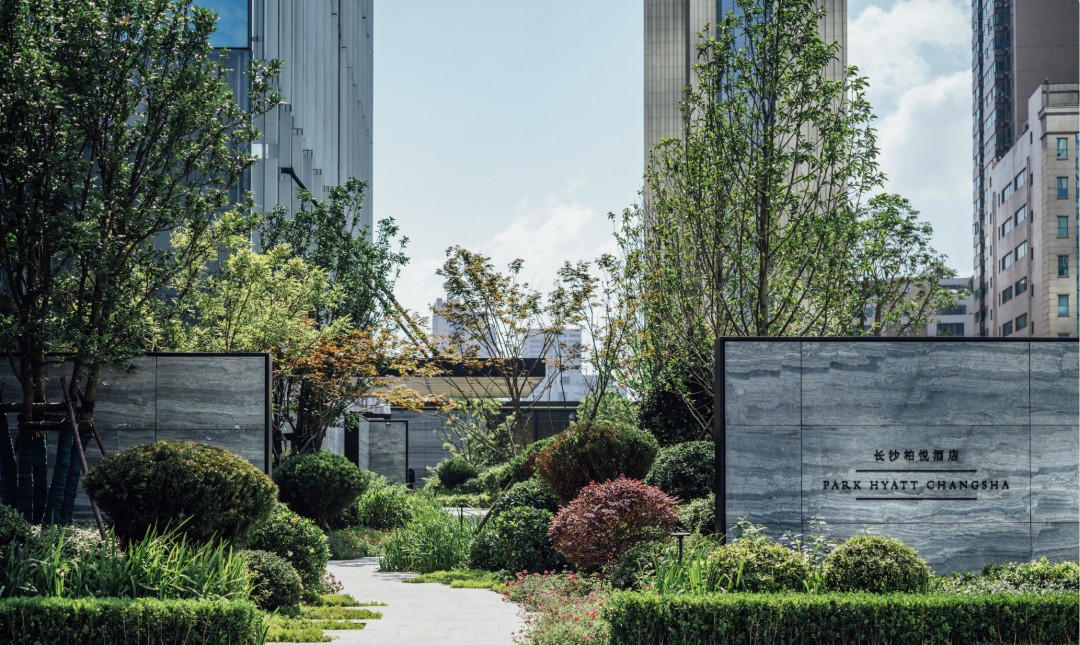
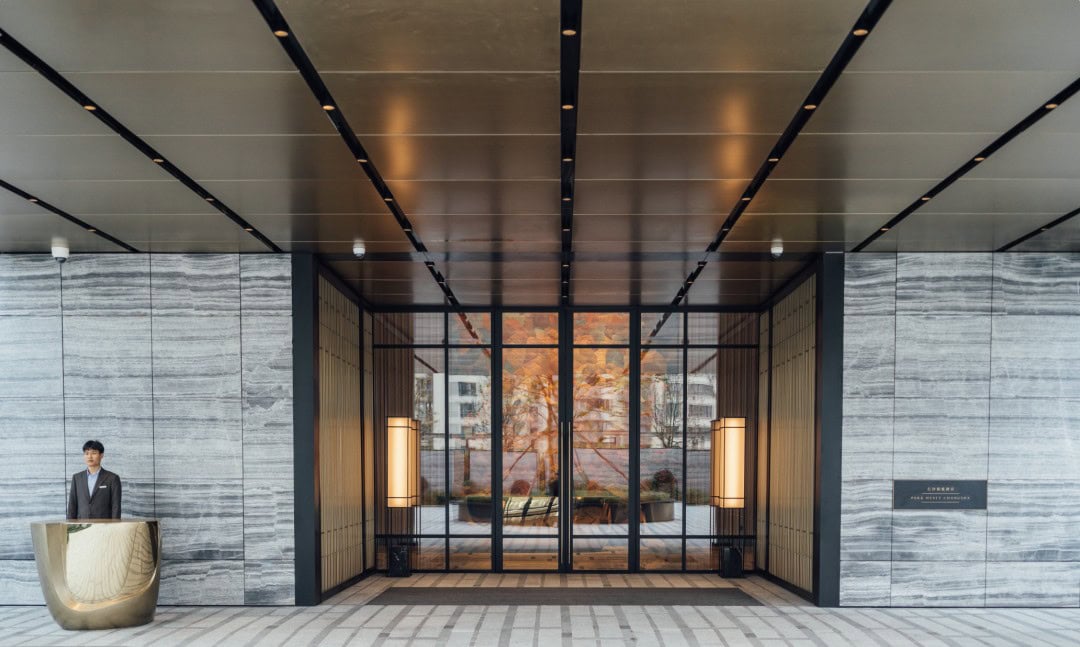
On the first floor of the tower is a dedicated entrance that connects the hotel with the IFS shopping mall, and true to form, it’s very discreet.
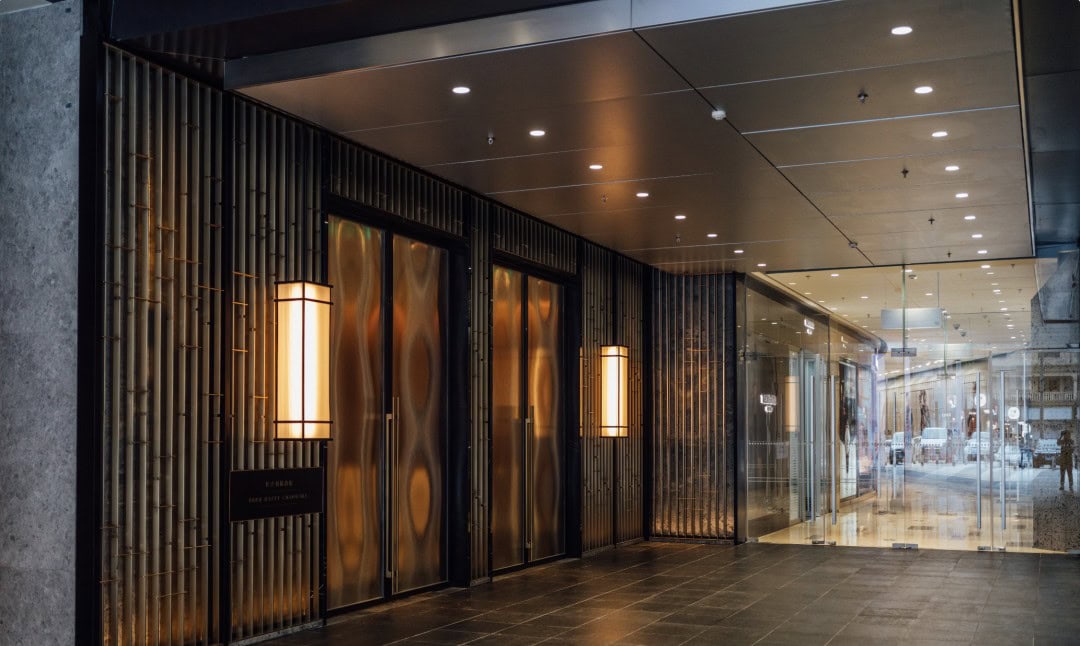
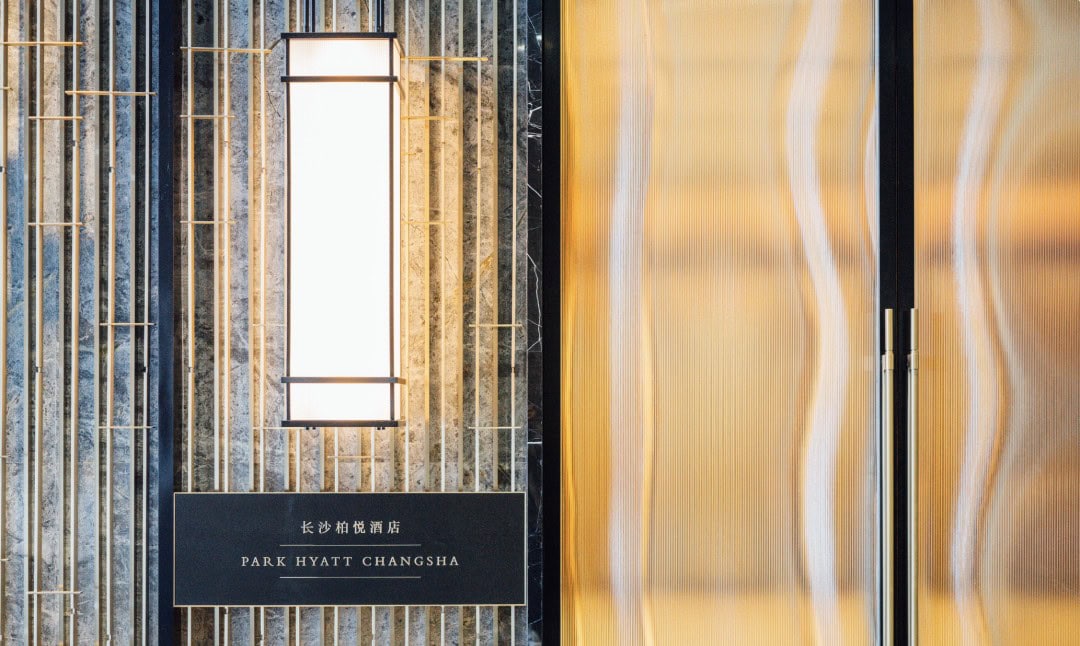
The arrival level is on the fourth floor, where a striking 5.6-meter-tall artwork made from golden silk threads greets you as you walk in. Inspired by Hunan’s famous Xiang embroidery, it beautifully reflects Hunan’s cultural characteristics while foreshadowing the hotel’s main color palette.
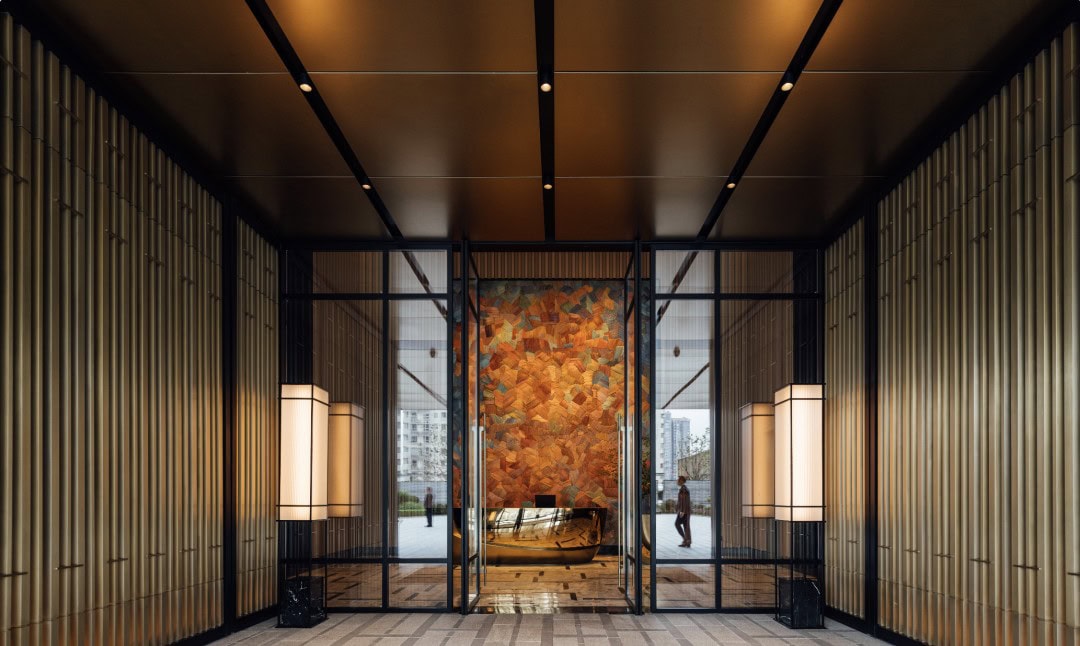
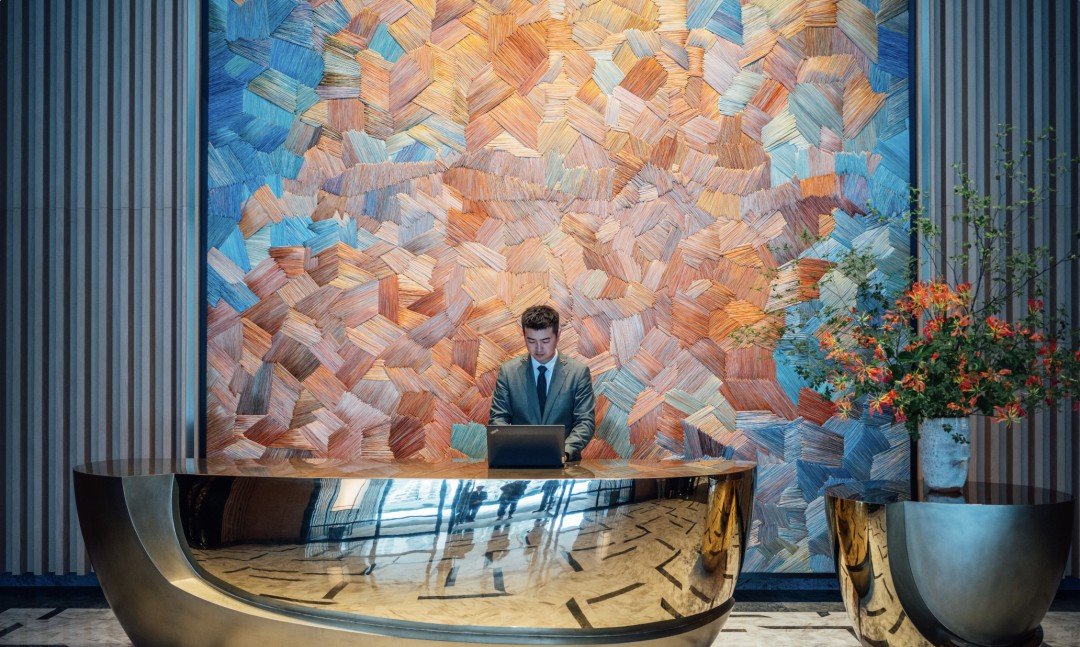
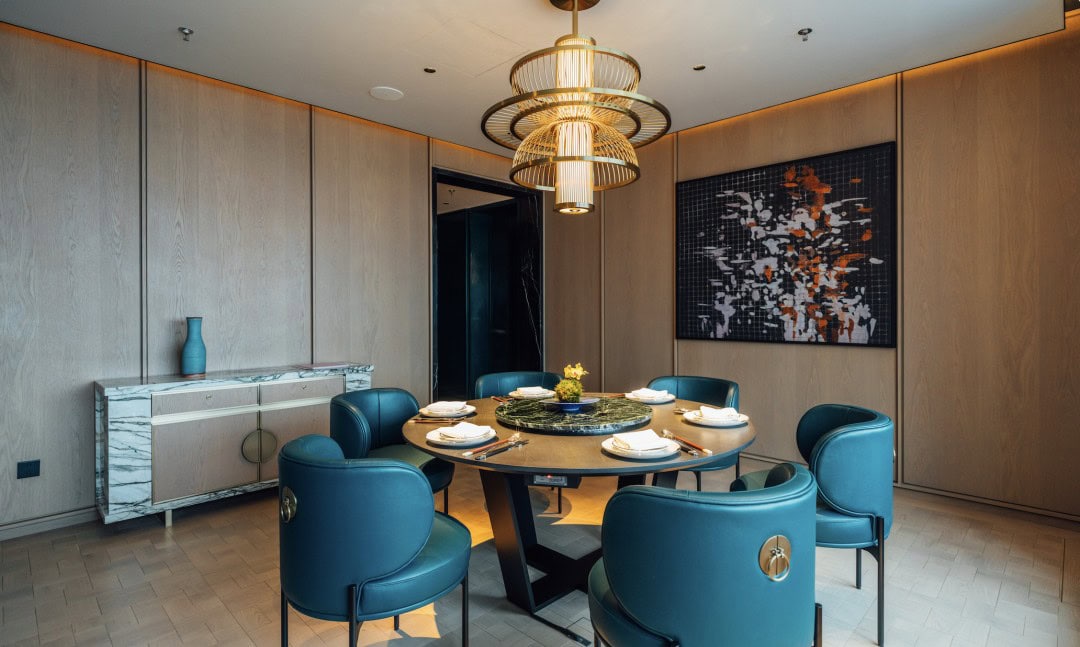
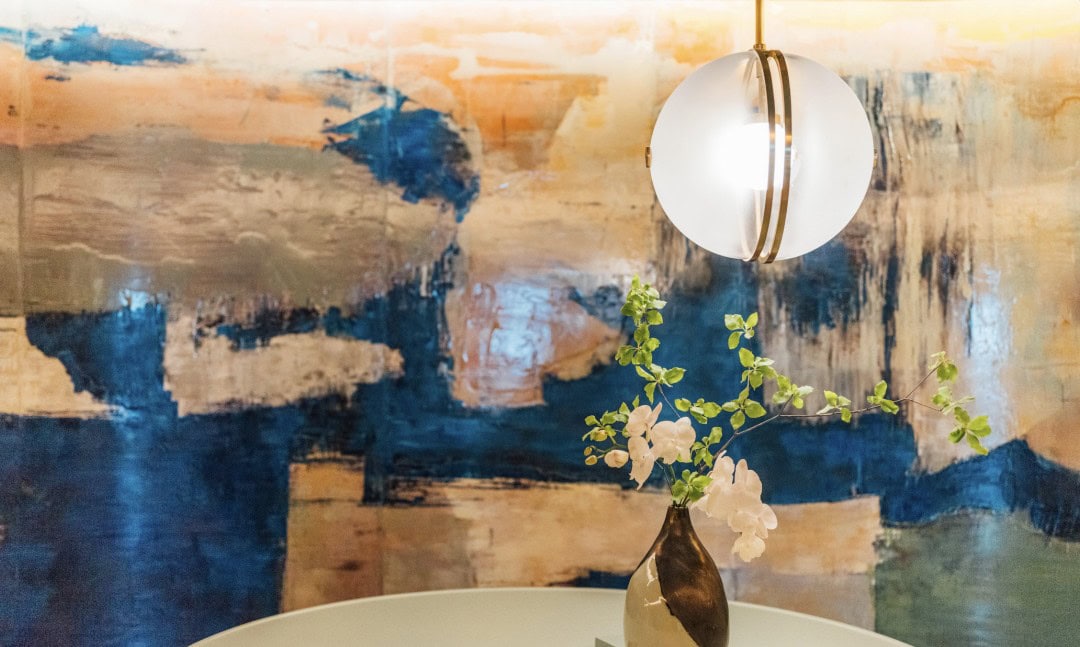
The reds and oranges correspond to Changsha people’s fiery and warm personalities, while greens reflect Hunan’s geographical character of “mountains, rivers, and islands.” This color palette is repeatedly found throughout various spaces in the hotel.
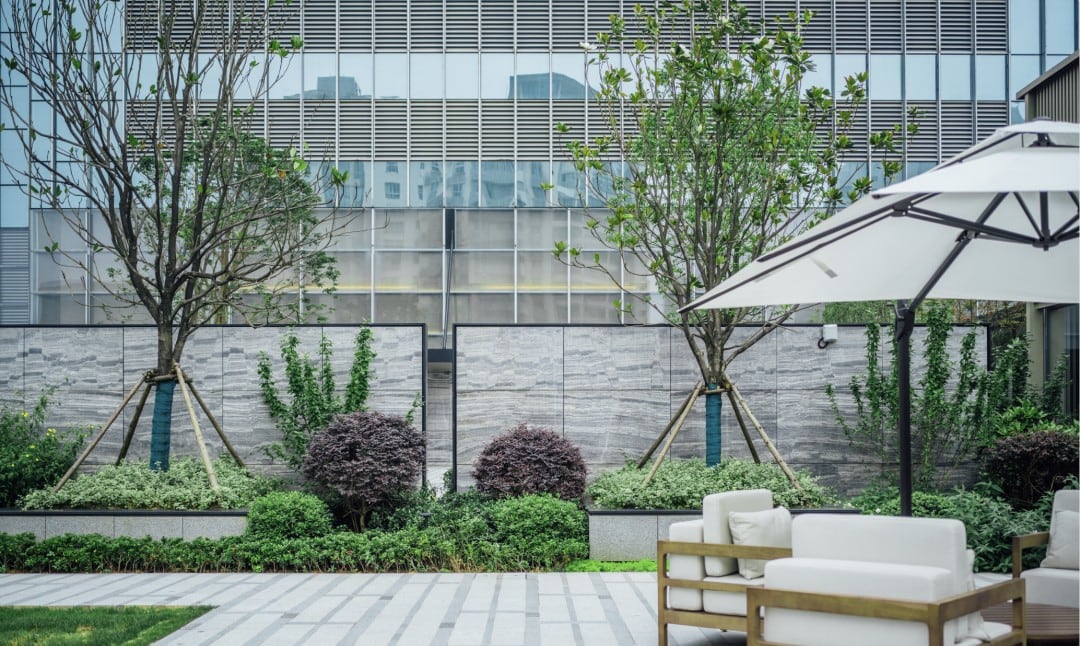
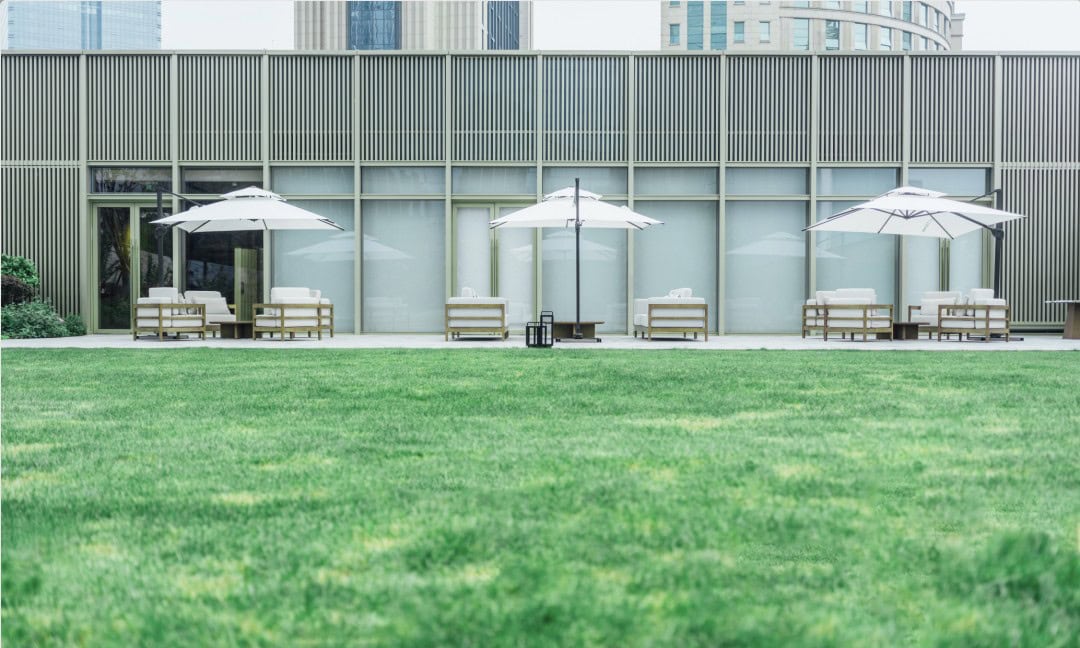
The arrival floor also features an outdoor garden, an urban oasis surrounded by towering skyscrapers, making it the only hotel in Changsha to offer such a space.
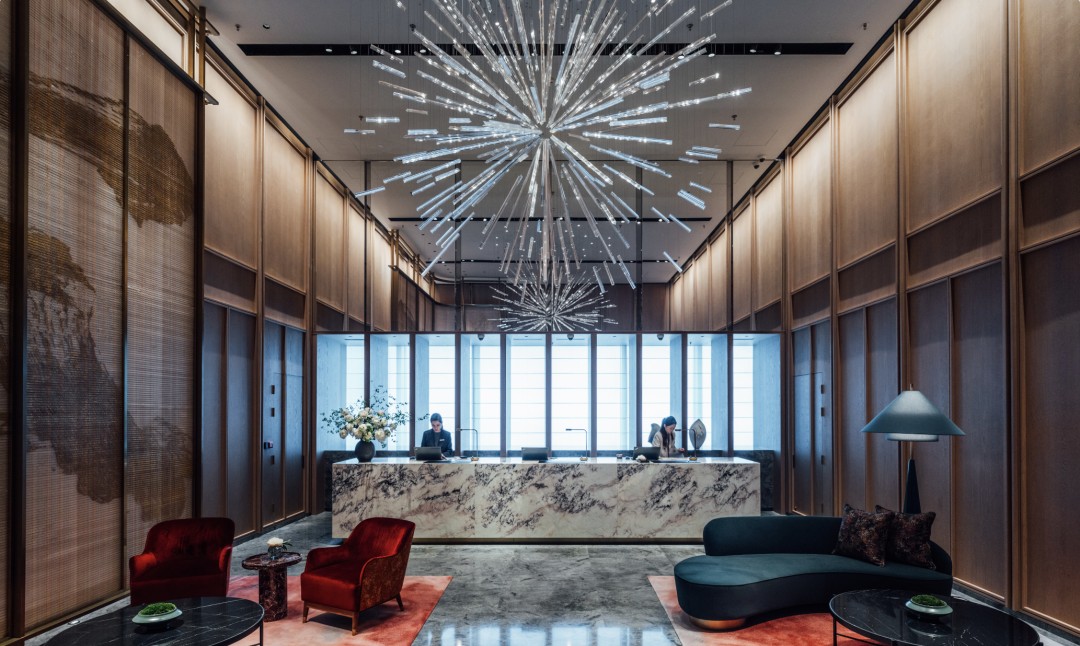
High-speed elevators whisk you directly to the 62nd floor where the hotel lobby is located, and upon entering, I instantly felt a sense of familiarity. Park Hyatt has never been about lofty heights and extravagant crystal chandeliers; even the staff’s greeting is simply, “Welcome home.”
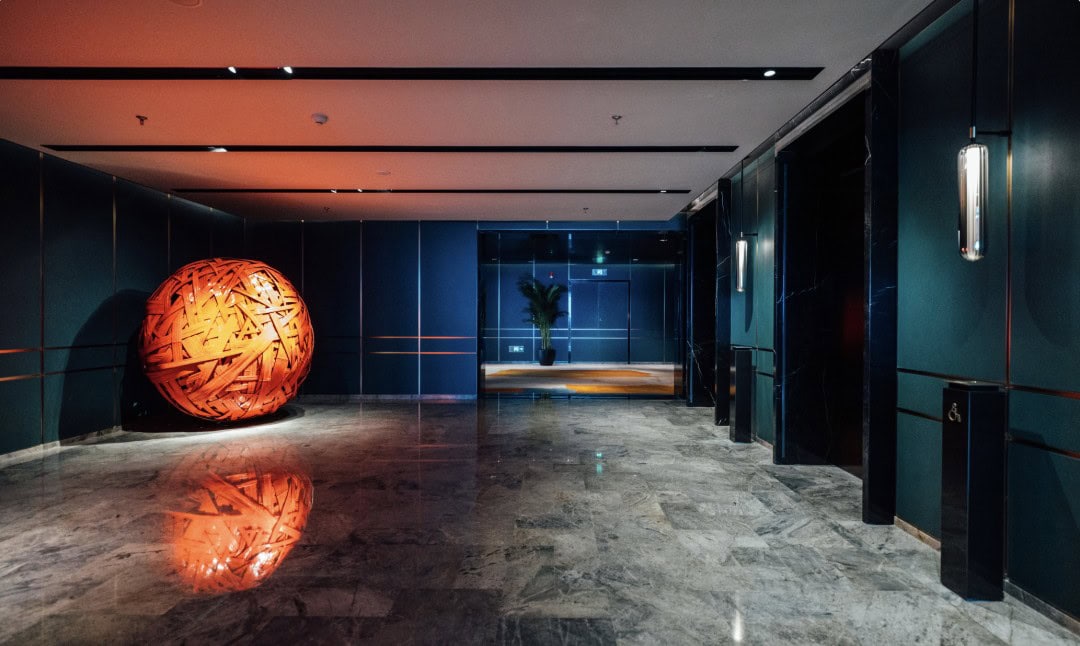
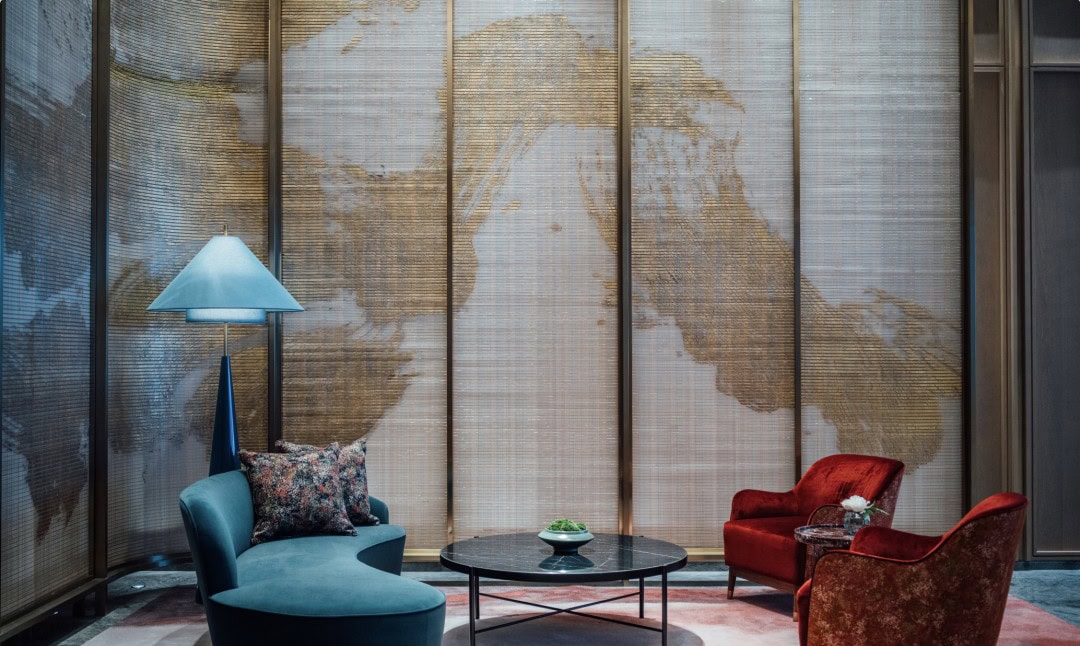
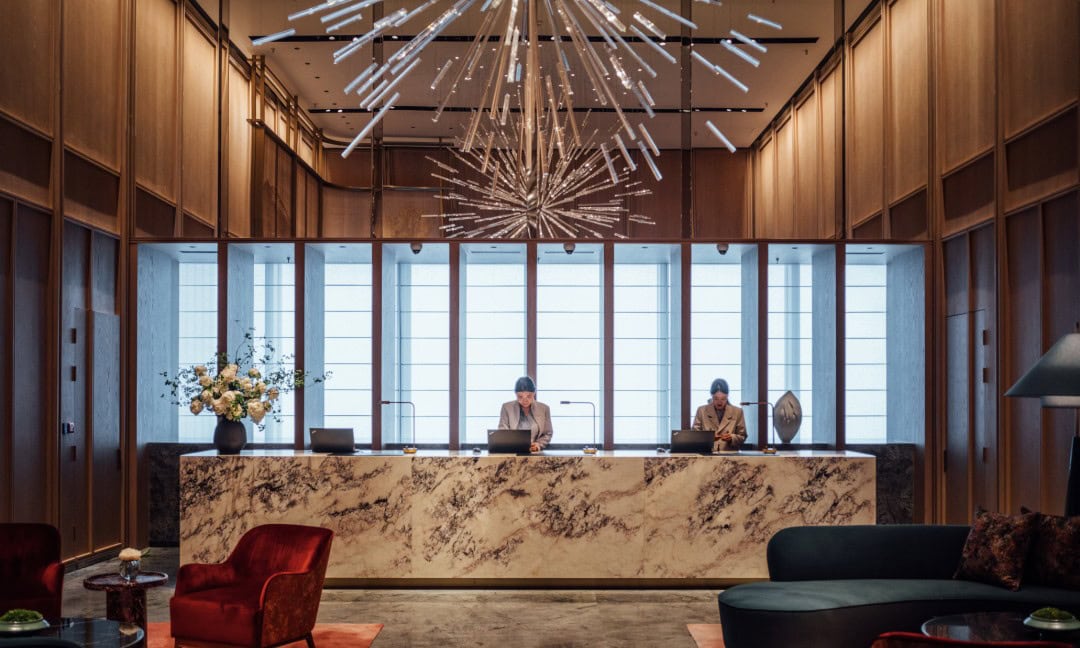
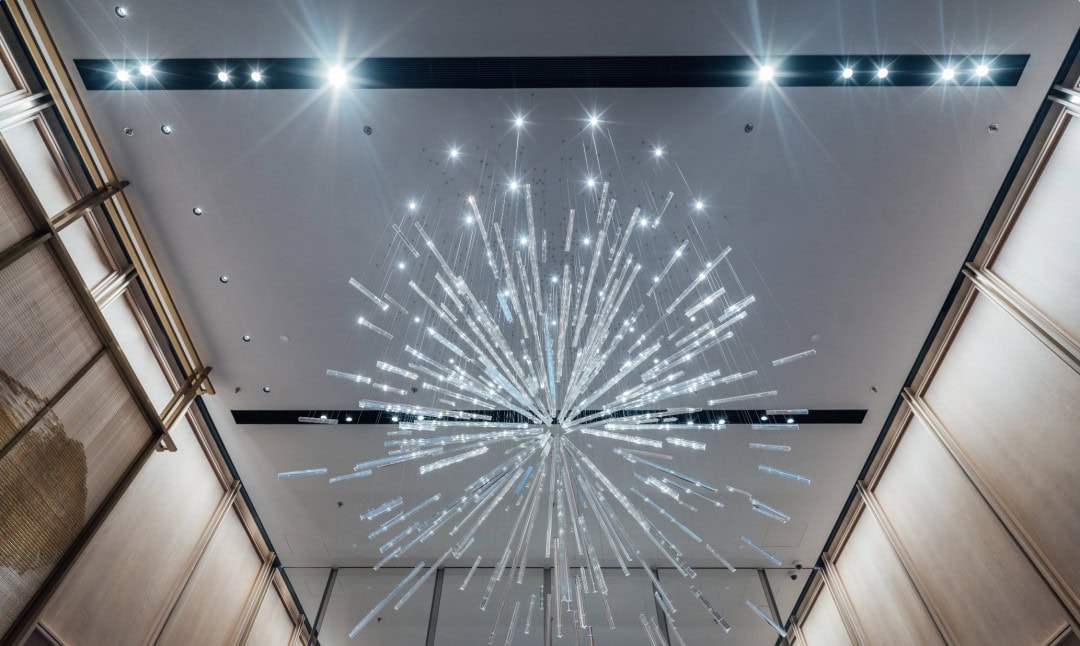
In this “home,” your preferences are entirely respected—if you wish, you can complete all check-in procedures in the lobby, on the sofa, or even in your room. The refreshing hand towels presented carry the familiar scent of Le Labo No. 22, which immediately evokes fond memories of my previous Park Hyatt stays.
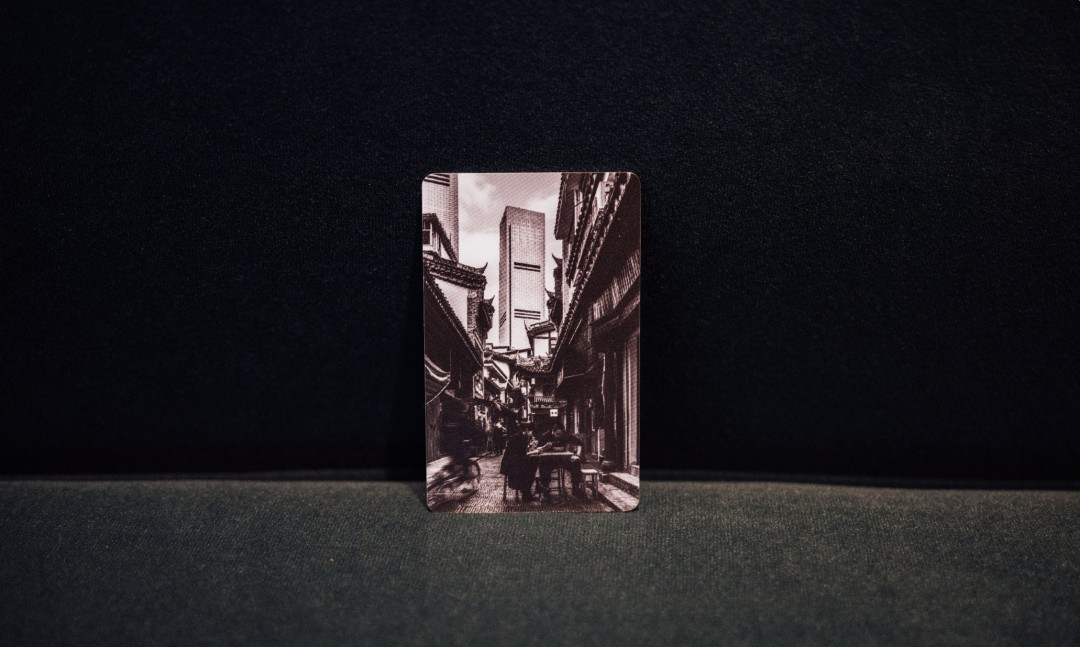
The chandelier hanging in the lobby is inspired by the chrysanthemum stone carvings from Liuyang, Hunan, but I would argue it resembles dazzling fireworks blooming over Orange Island.
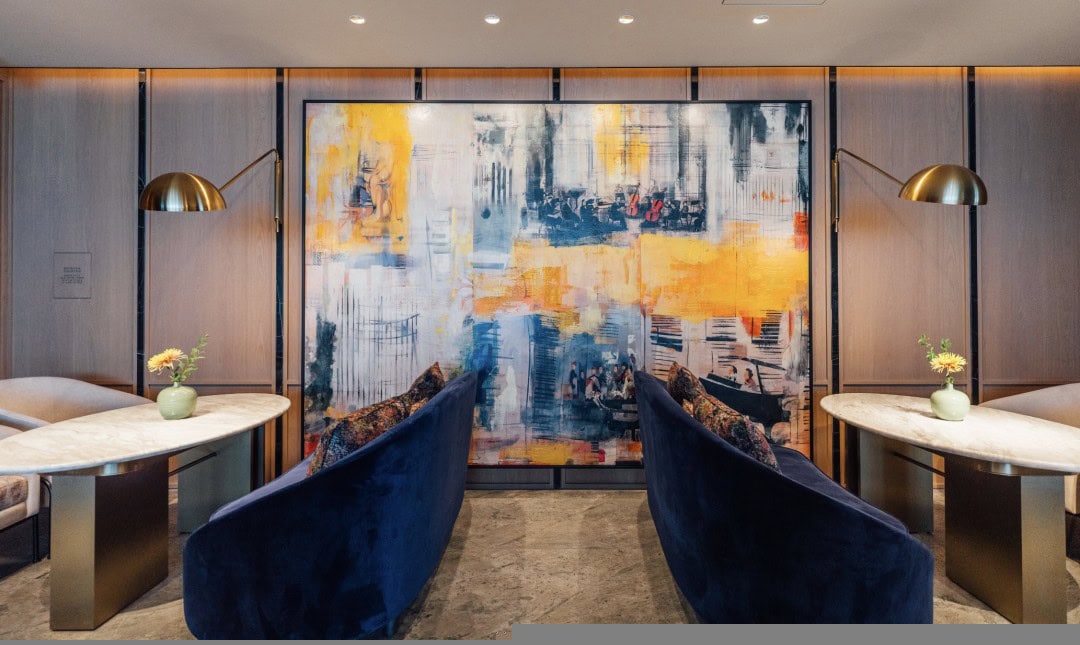
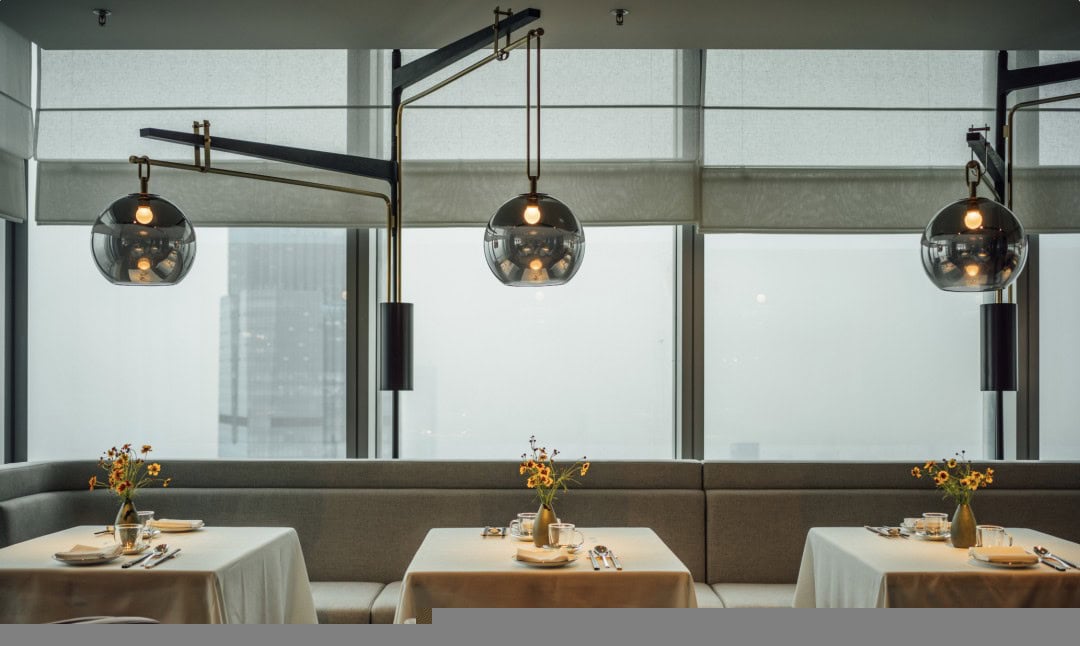
The hotel room key cards are also interesting; one side depicts a lively market, while the other shows the modern hotel—each side is a genuine representation of Changsha, the City of Stars.
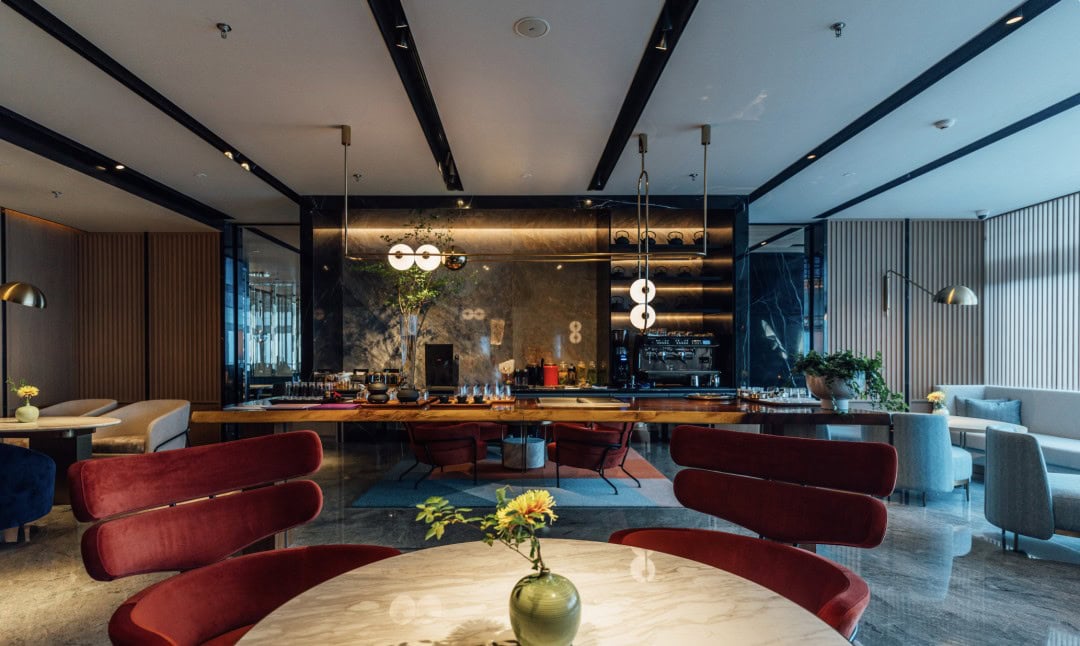
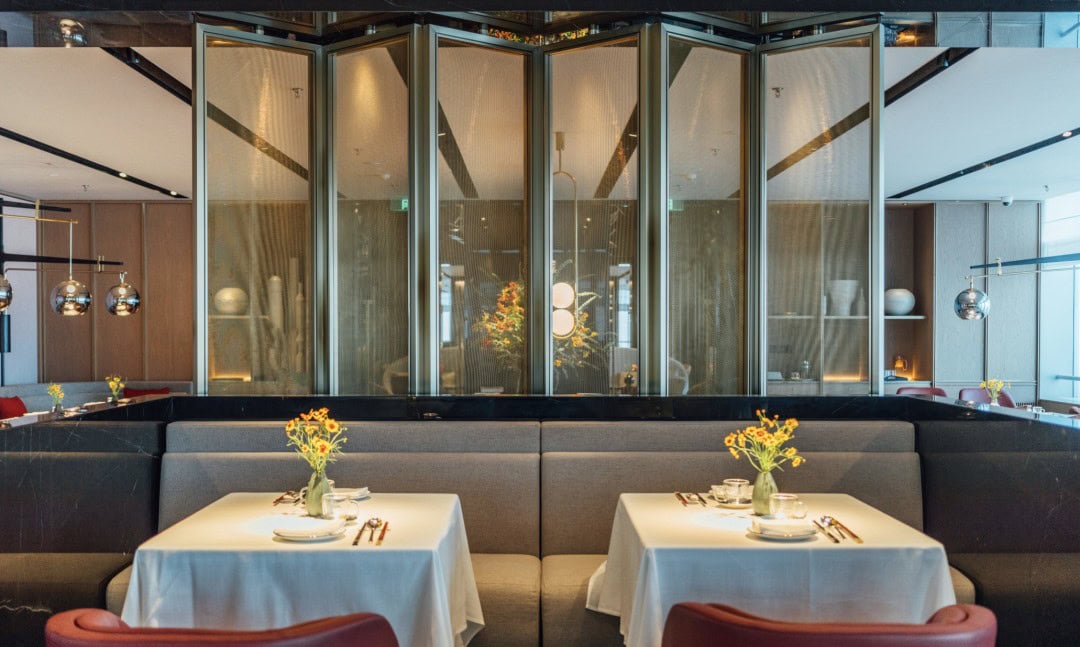
Aside from the lobby, the entire 62nd floor is dedicated to dining. Here lies a unique feature of Changsha Park Hyatt: it only has one restaurant, “Lélan,” which is quite astonishing for a Hyatt known for its dining offerings!
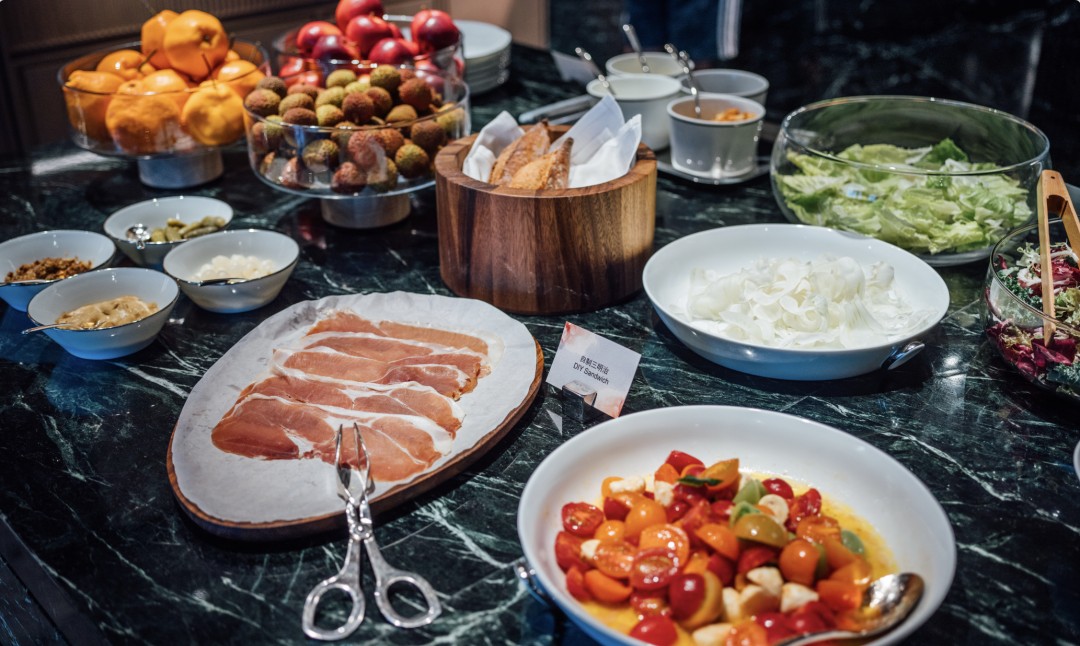
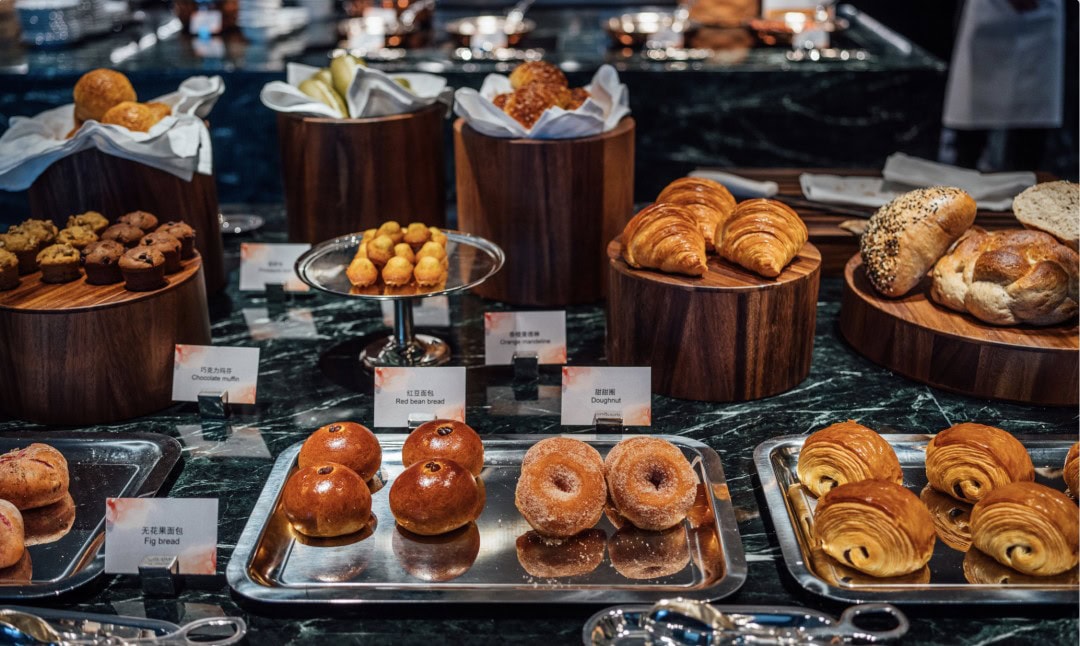
However, my concerns were alleviated upon learning that Lélan actually serves the functions of an all-day dining restaurant, Chinese restaurant, lobby bar, and cocktail bar, making their one restaurant equivalent to four in an ordinary hotel. The difference is that you can enjoy drinks, noodles, or afternoon tea anywhere on the 62nd floor. Dining areas have shed the constraints of conventional layouts, emphasizing a more homely atmosphere. Eating dessert in the study, sipping drinks at the chef’s counter—these are all perfectly acceptable.
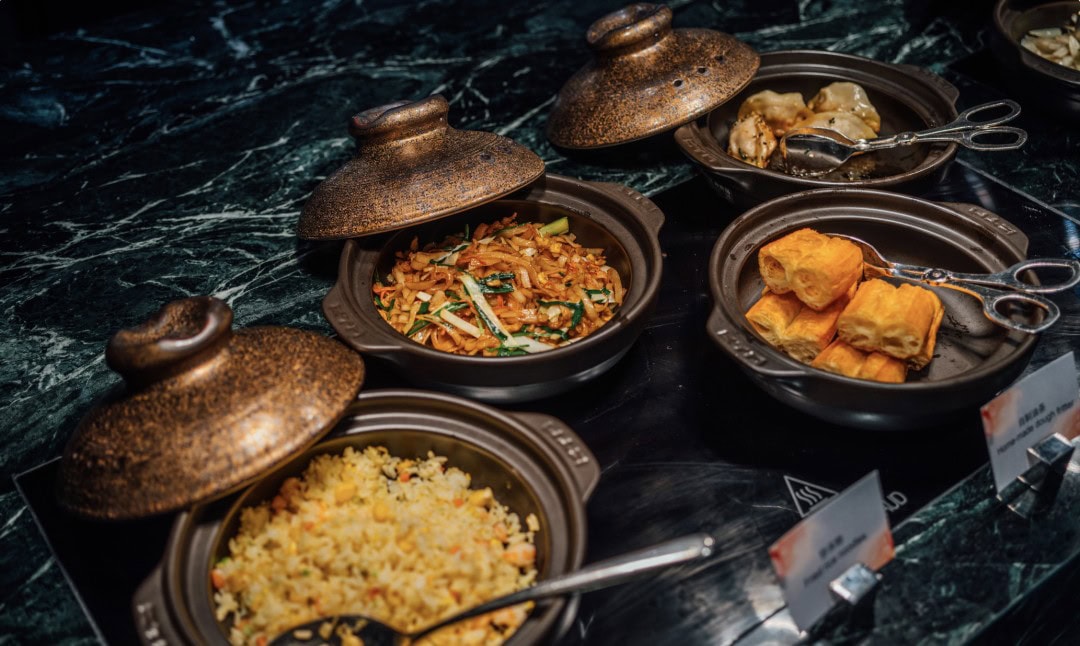
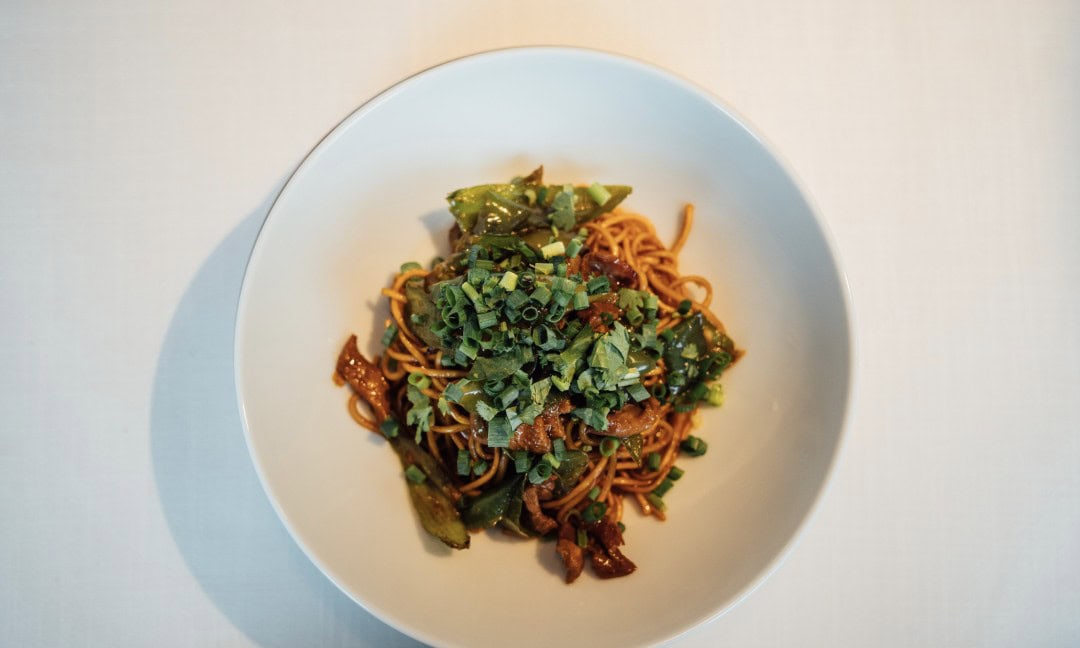
Moreover, “Lélan Restaurant” offers far more than just breakfast, providing an all-day dining experience. Breakfast operates on a semi-buffet and à la carte basis from 6:30 to 10:30, with a fantastic opportunity for ordering until 11 a.m., making for an incredibly generous breakfast service.
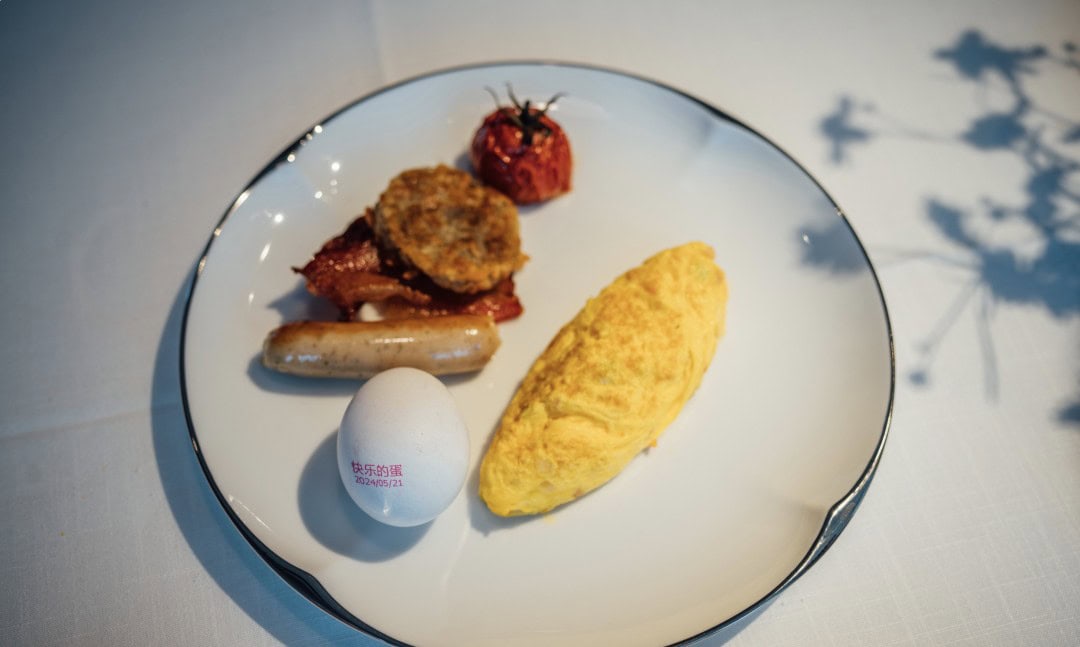
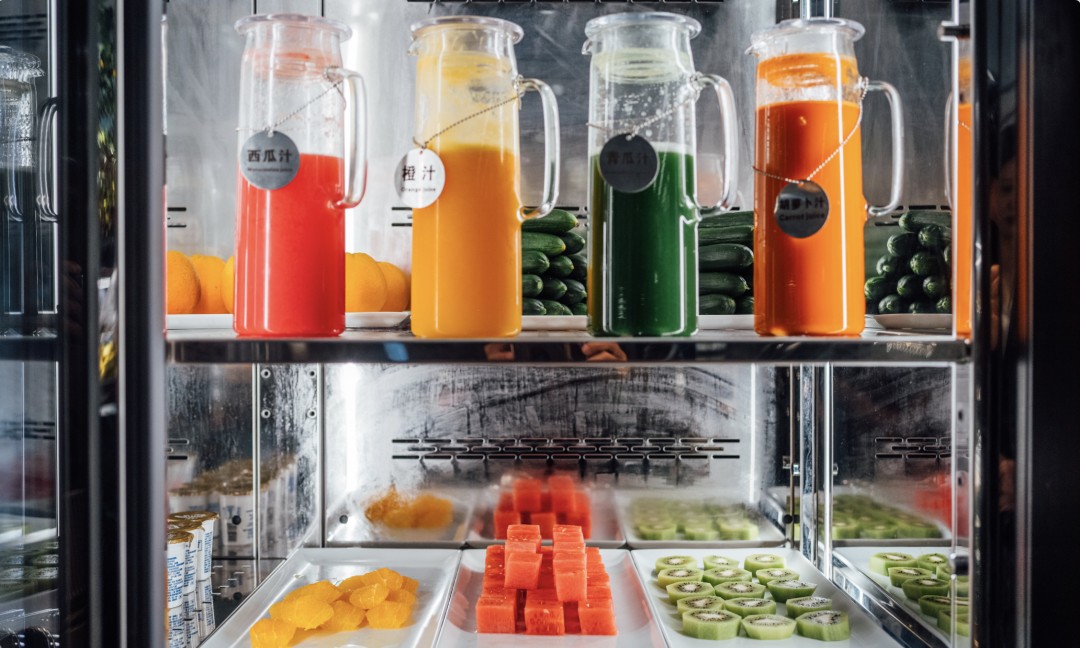
The breakfast at Changsha Park Hyatt is quite impressive, with every staple paired with sauces crafted by the chef. The spicy stir-fried meat soup rice noodles and soy sauce fried noodles in the Chinese breakfast selection are a must-try; they boast a wonderful “wok hei” and are enhanced by the hotel’s exclusive chili sauce—simply delicious.
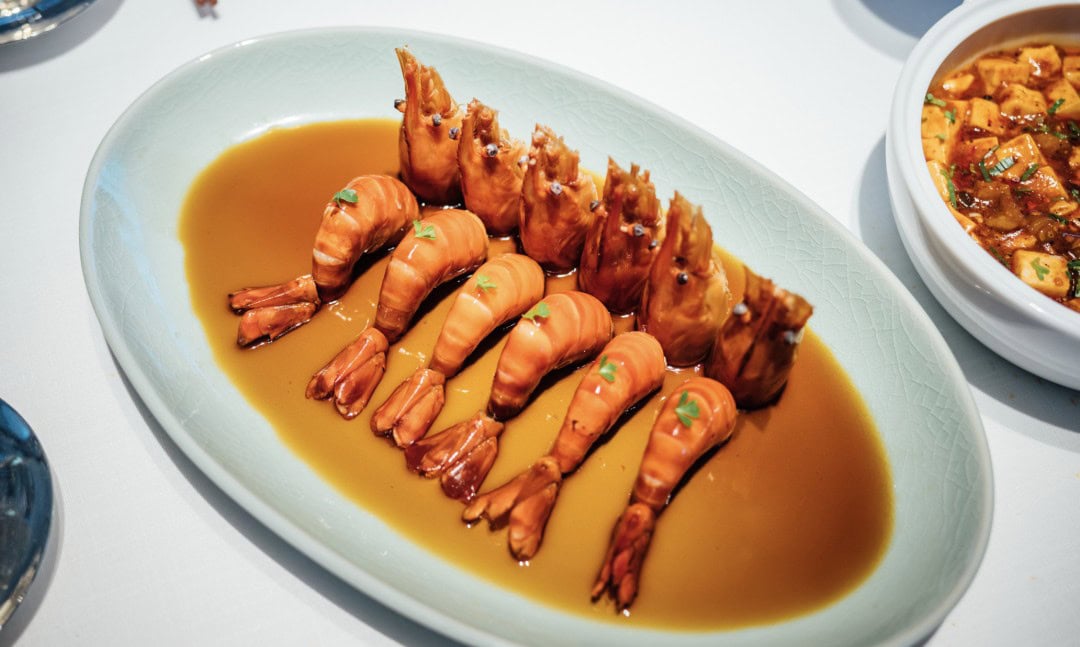
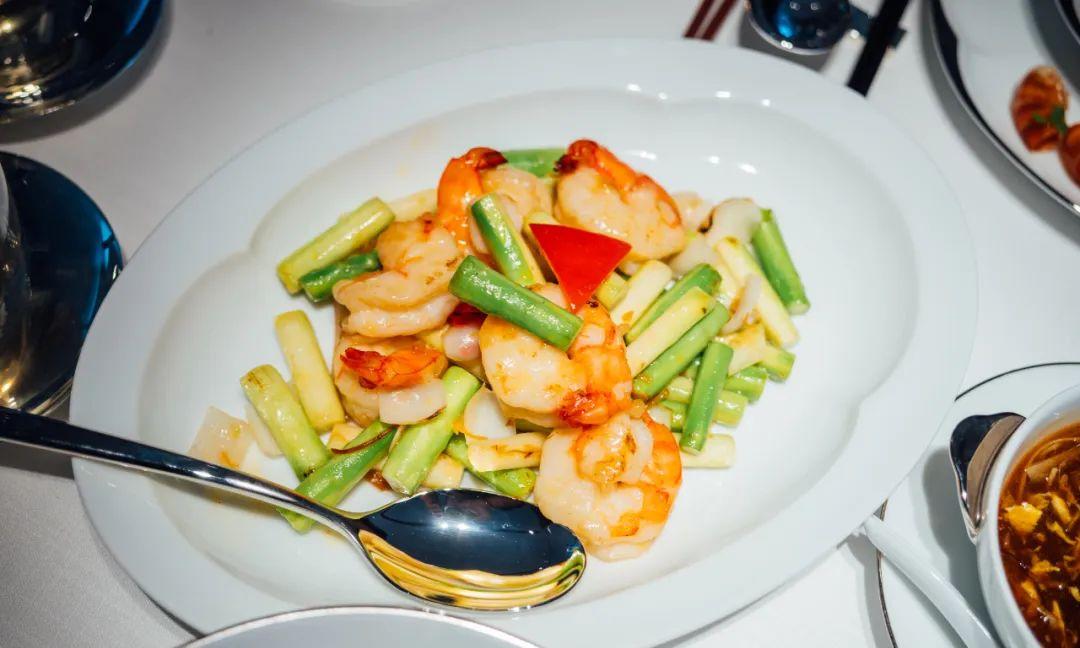
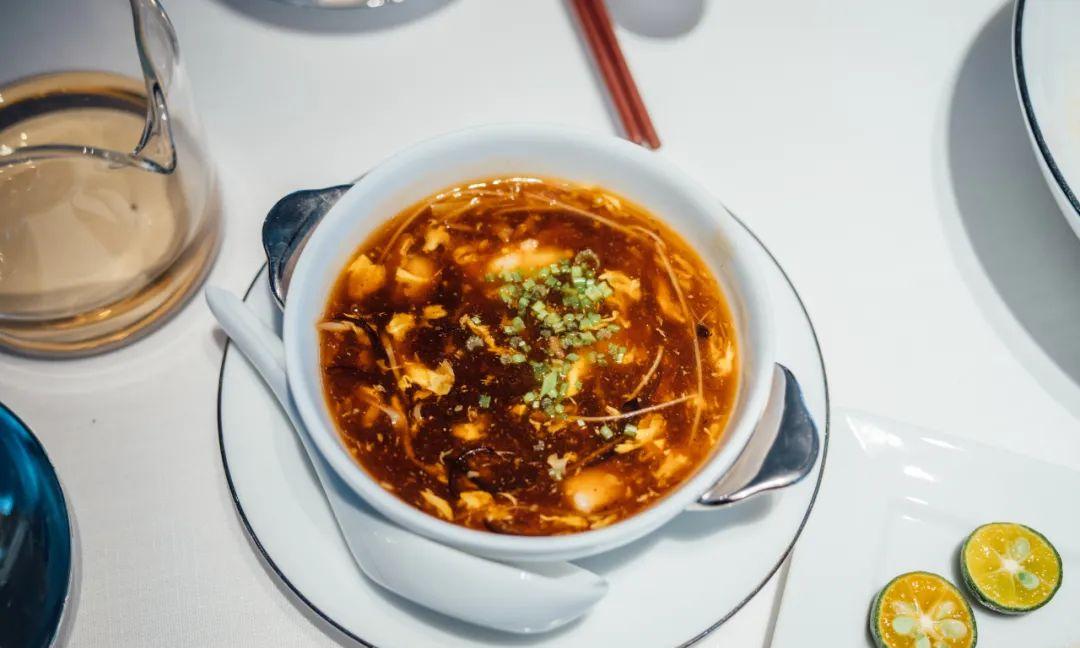
For Western options, the recommended omelet uses happy eggs (not cage-raised) sourced by the Hyatt group, and it pairs deliciously with salmon. At breakfast, freshly baked croissants and sweet delicacies like sugar oil dumplings are served randomly, making Park Hyatt’s breakfast one of the finest in Changsha.
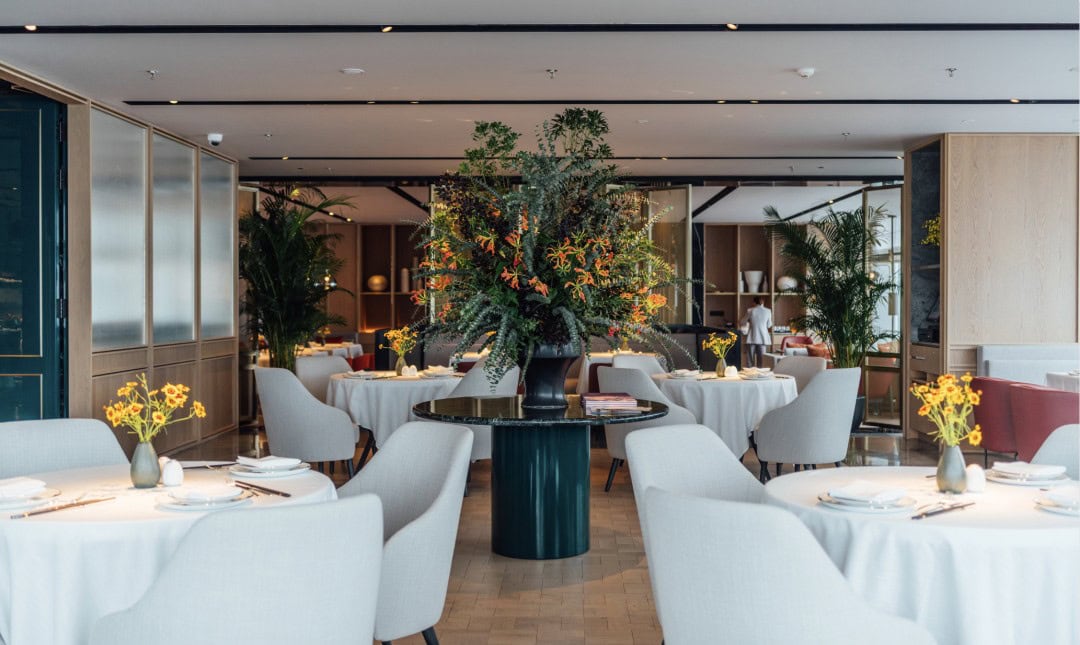
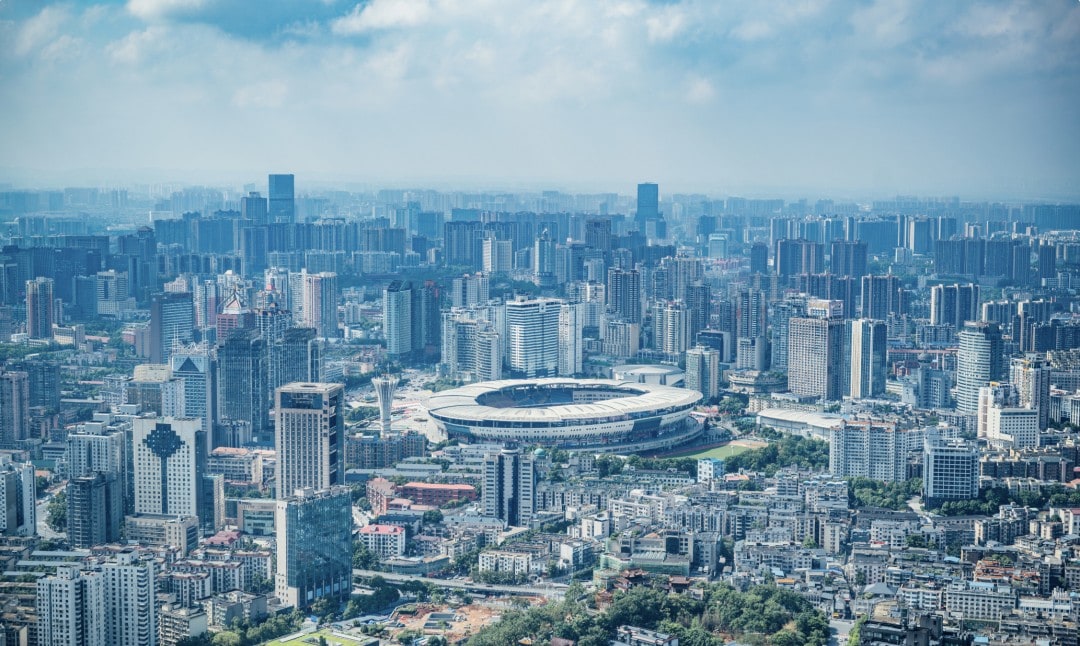
One hearty breakfast can easily suffice for two meals, but lunch follows directly after, seamlessly transitioning into afternoon tea. The lunch service offers unlimited orders and selections, including dimsum, stir-fry dishes, and desserts—all at a remarkable price of only 168 yuan per person during the opening phase.
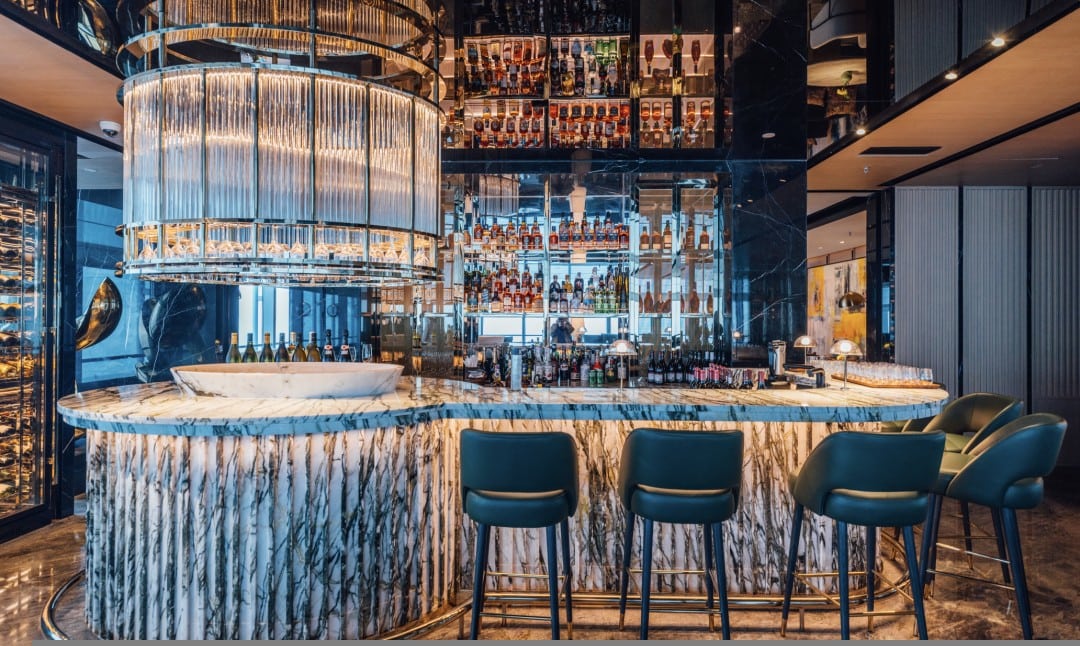
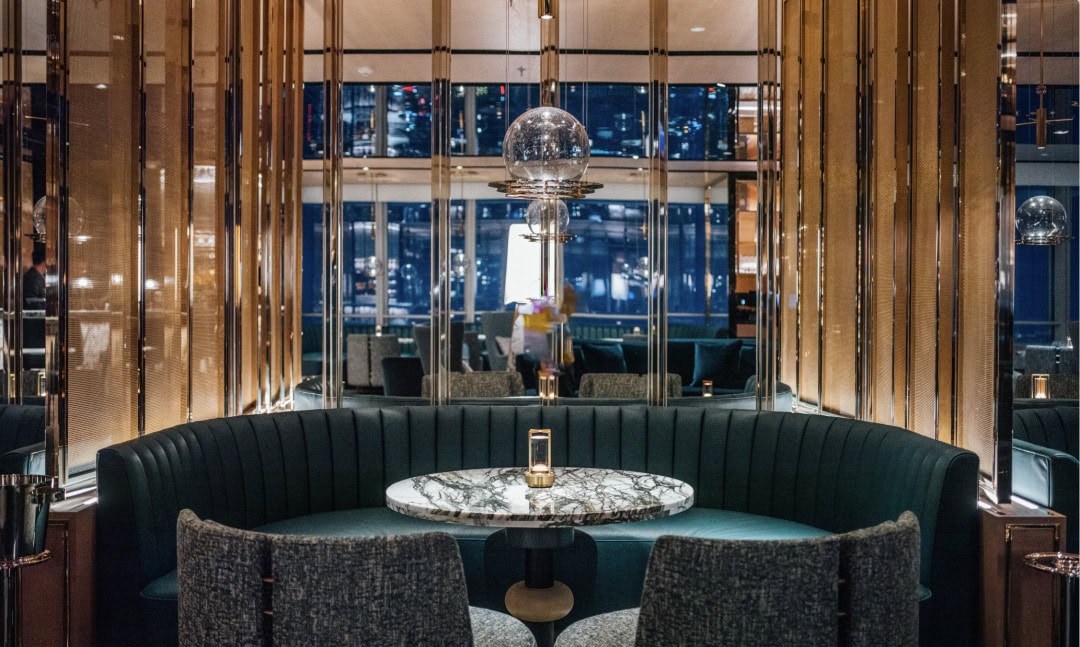
I didn’t enjoy afternoon tea, but the high-altitude views combined with Hyatt’s reliable dessert quality undoubtedly position it as a trending contender for Changsha’s afternoon tea scene.
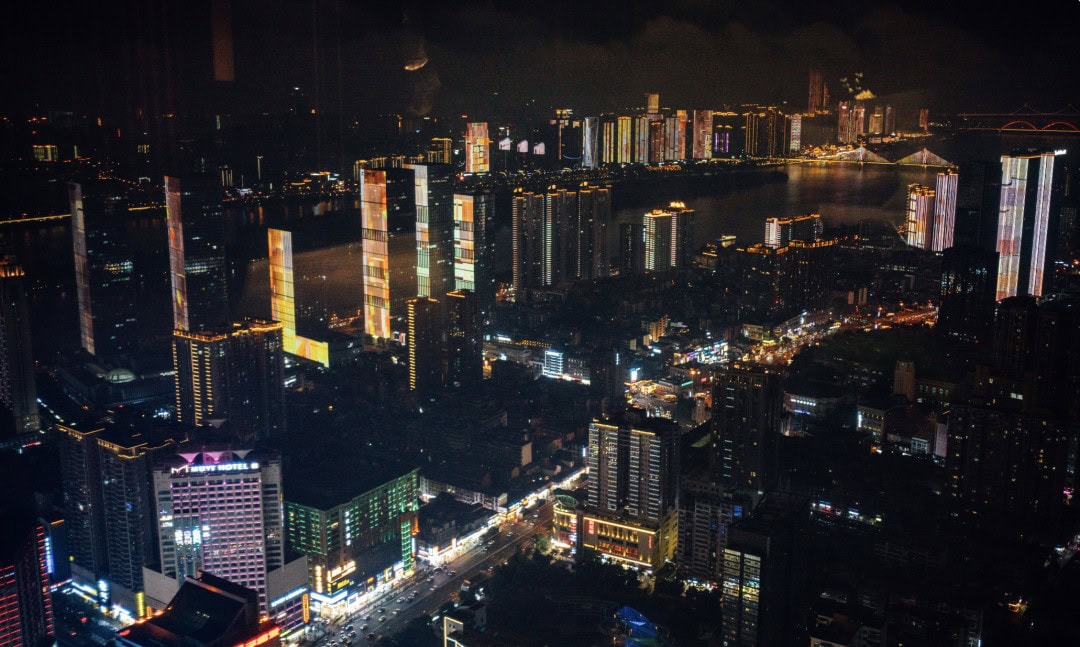
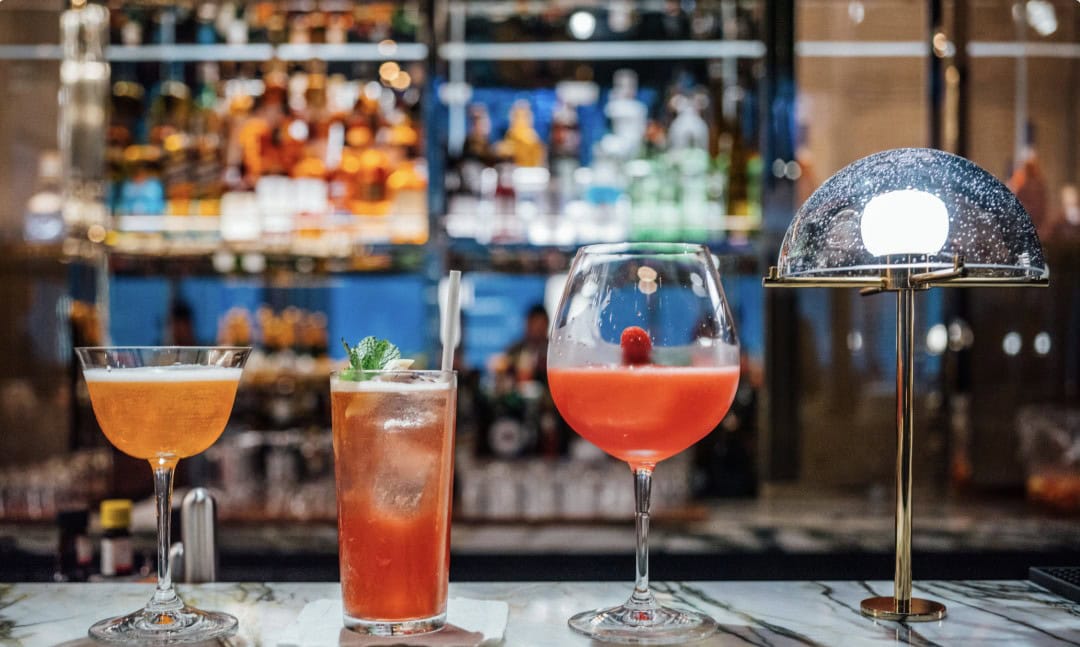
Dinner service begins at 5:30 p.m., but the bar opens at 5:00 p.m. and stays open until 1:30 a.m. (Sunday to Thursday) or 2:00 a.m. (Friday and Saturday).
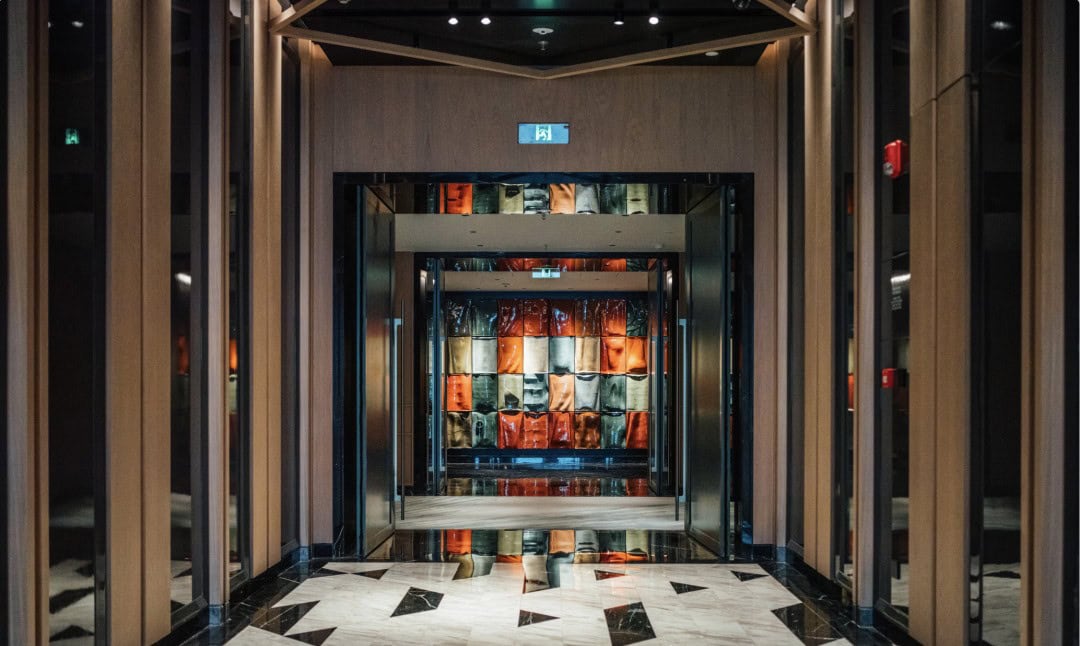
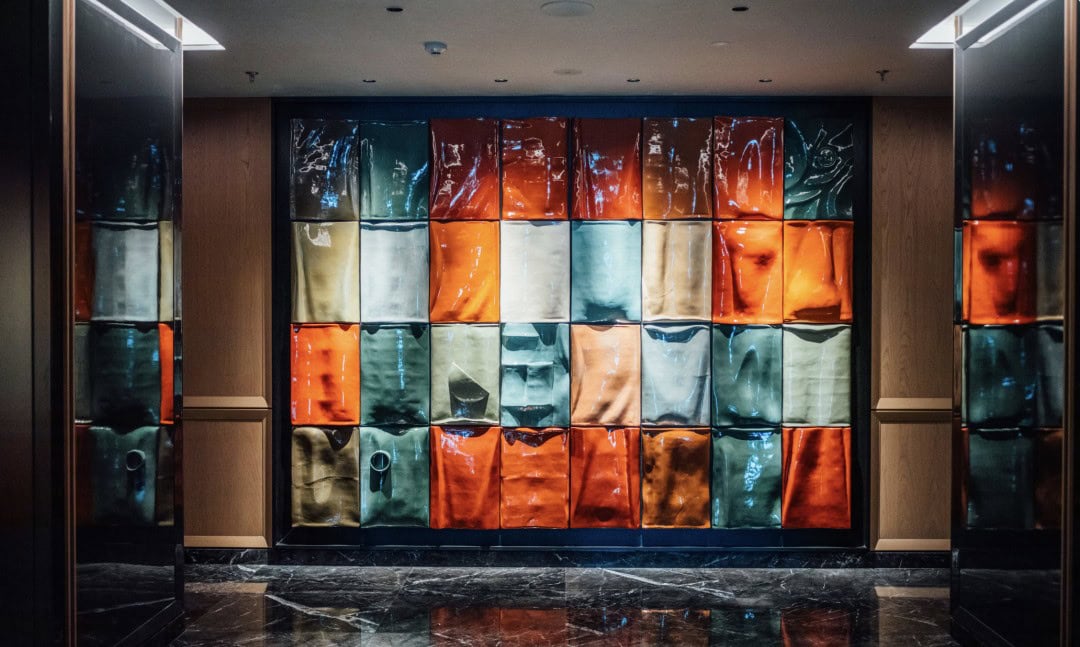
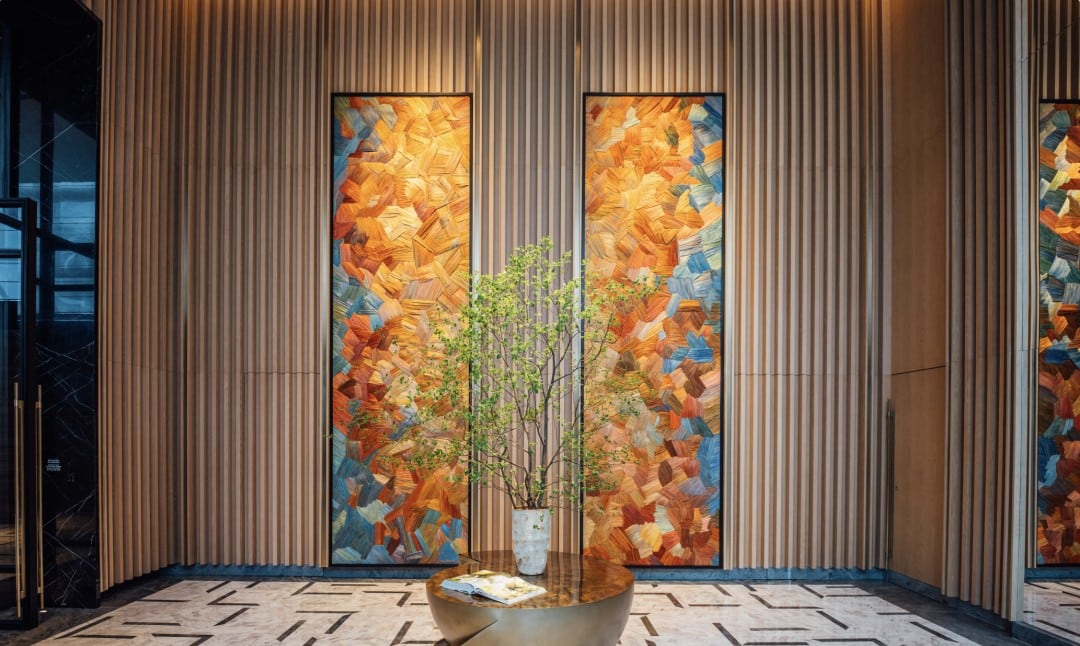
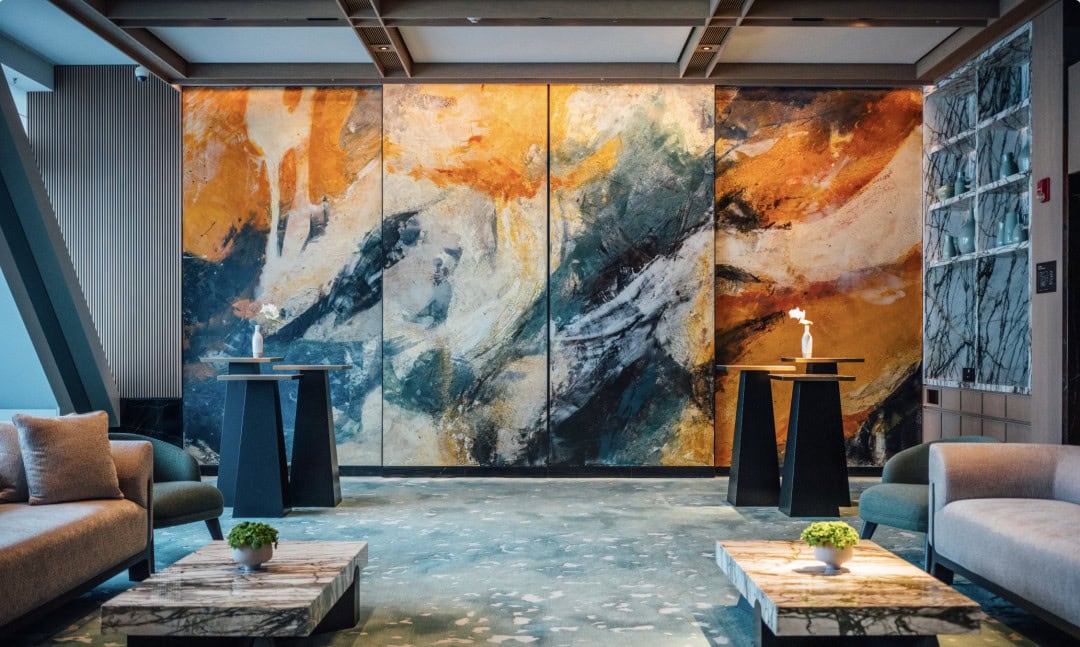
This means that it’s peak time for taxis and rideshare at around 5 a.m., making Changsha a sleepless city where even Koreans might doze off. And, by the way, the bar is running a promotion throughout June where ladies get their first drink free!
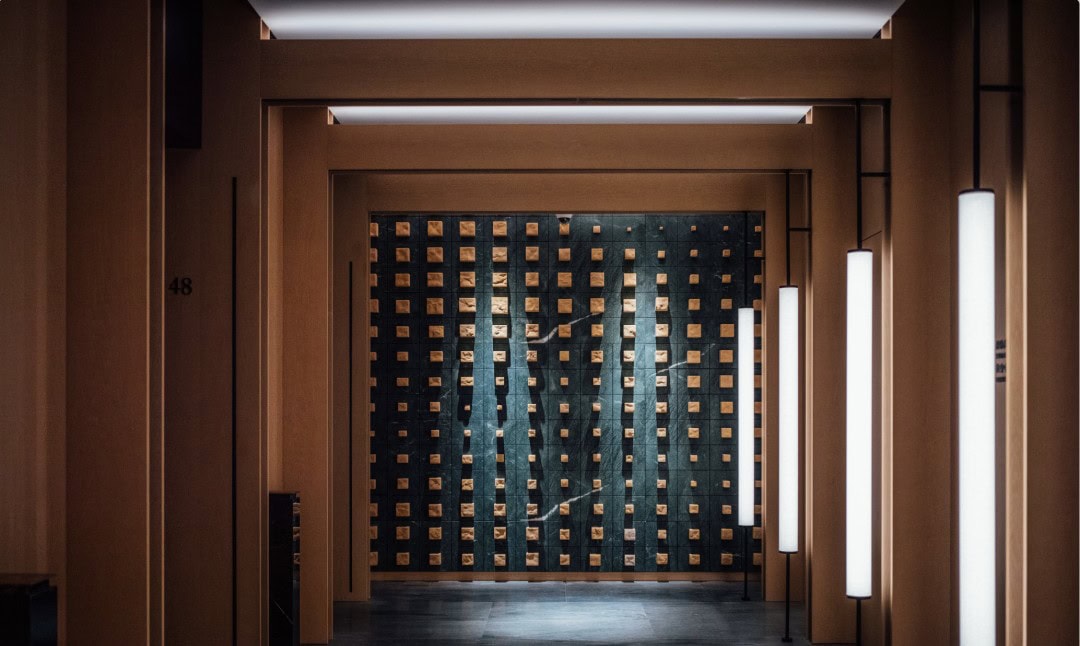
The 63rd floor of Changsha Park Hyatt is designated for banquet events, but I recommend visiting for its beautiful porcelain art installation. Changsha is the birthplace of Tongguan Kiln, renowned for underglaze polychrome ceramics, where ancient techniques meet modern expression. I predict this wall will become a popular photo spot in the future.
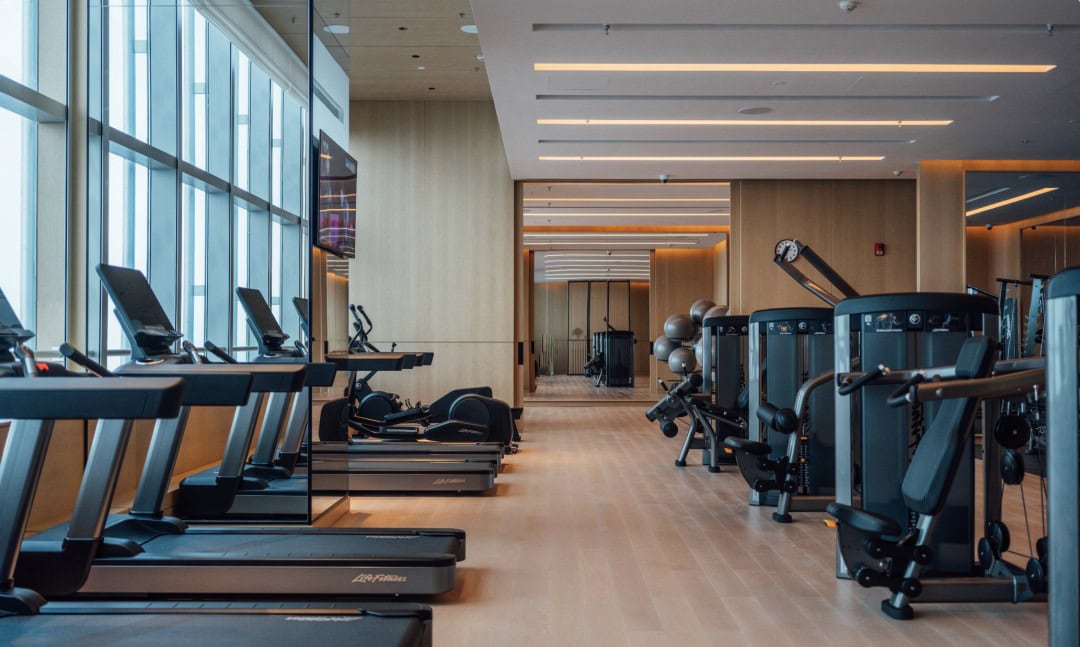
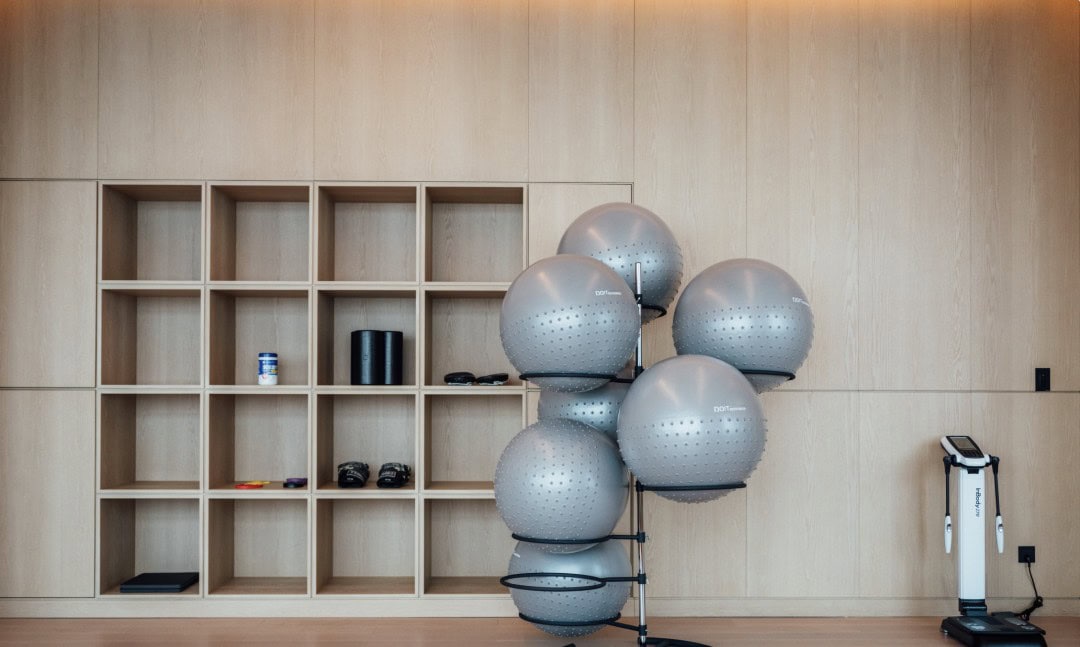
Decorative artwork suitable for photos is found in several areas of the hotel, perfectly complementing Changsha Park Hyatt’s youthful and vibrant atmosphere. These pieces tend to feature a modern abstract style, likely representative of how foreigners perceive Hunan.
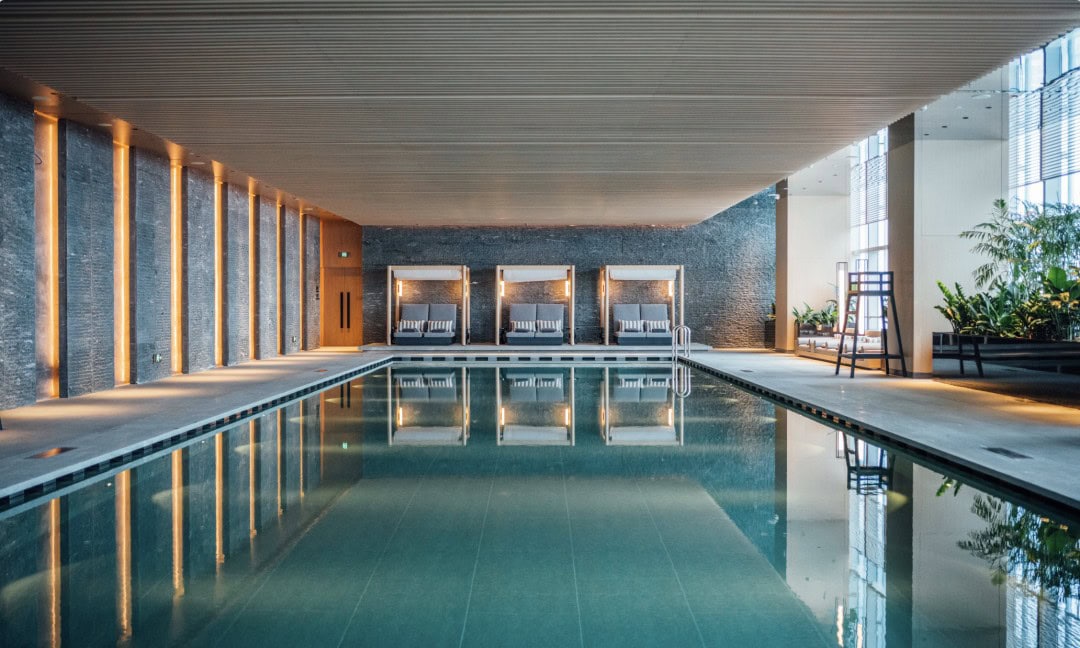
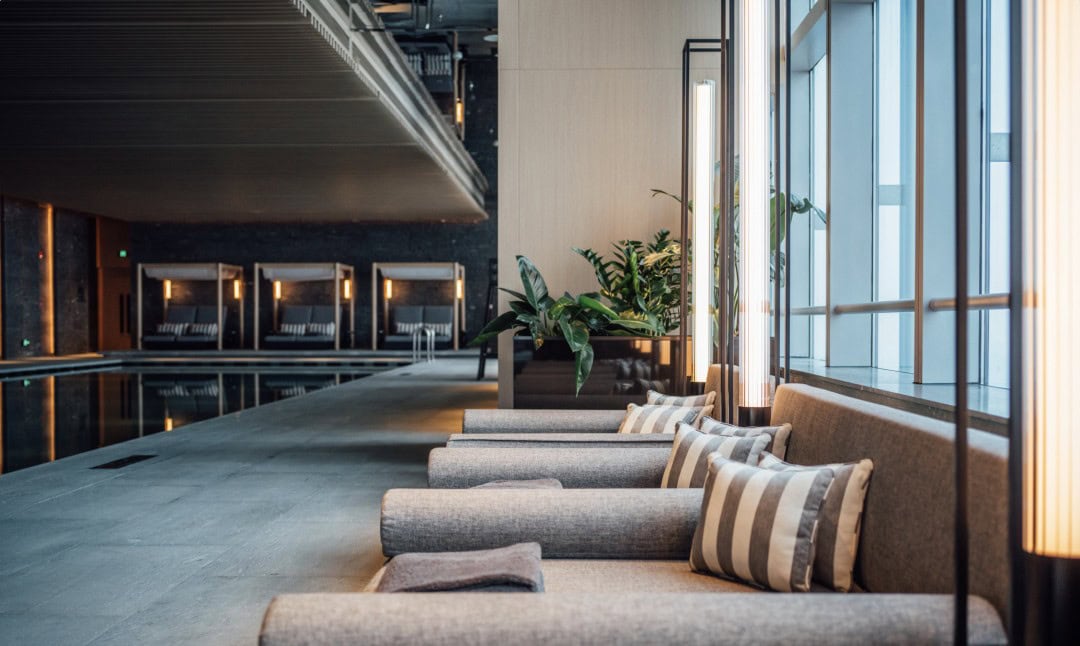
The hotel’s wellness facilities are all located on the 48th floor. Stepping out of the elevator, you are greeted by an impressive sight: an art installation made from unrefined stone that captures the raw power of nature and ignites infinite imagination. Geographical elements are frequently utilized at Changsha Park Hyatt, and through staff descriptions of these artworks, I gained a deeper understanding of Hunan’s essence—this, I believe, is the designer’s intention.
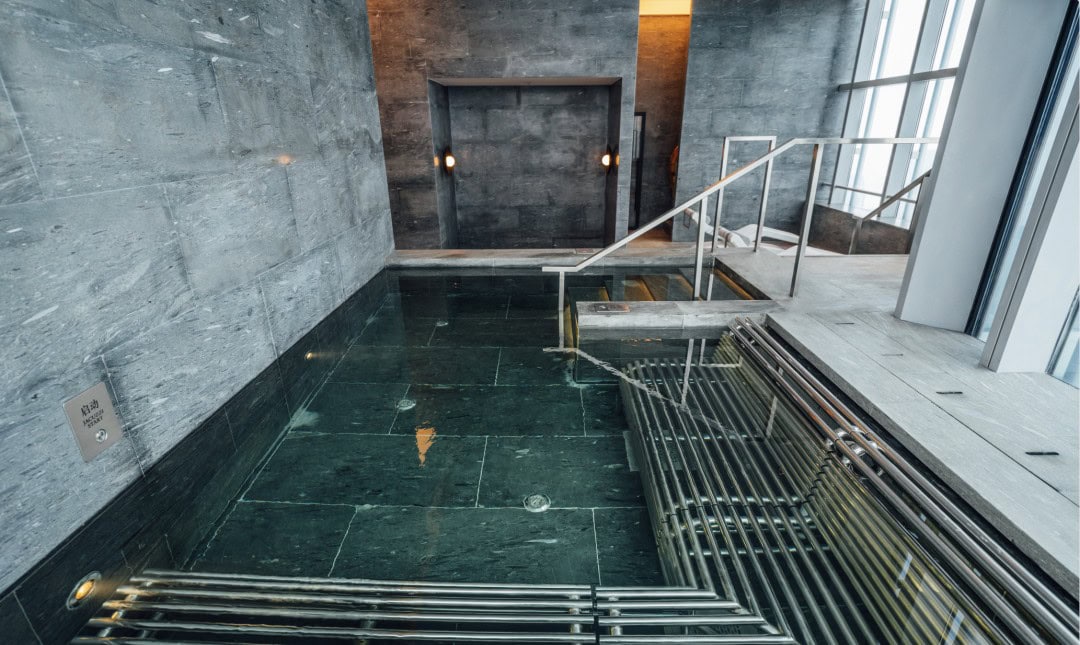
The gym and yoga studio are equipped with a full set of Life Fitness equipment, plus an expensive body fat analyzer. In the food-loving Changsha, a fresh and new gym indeed provides great motivation to exercise.
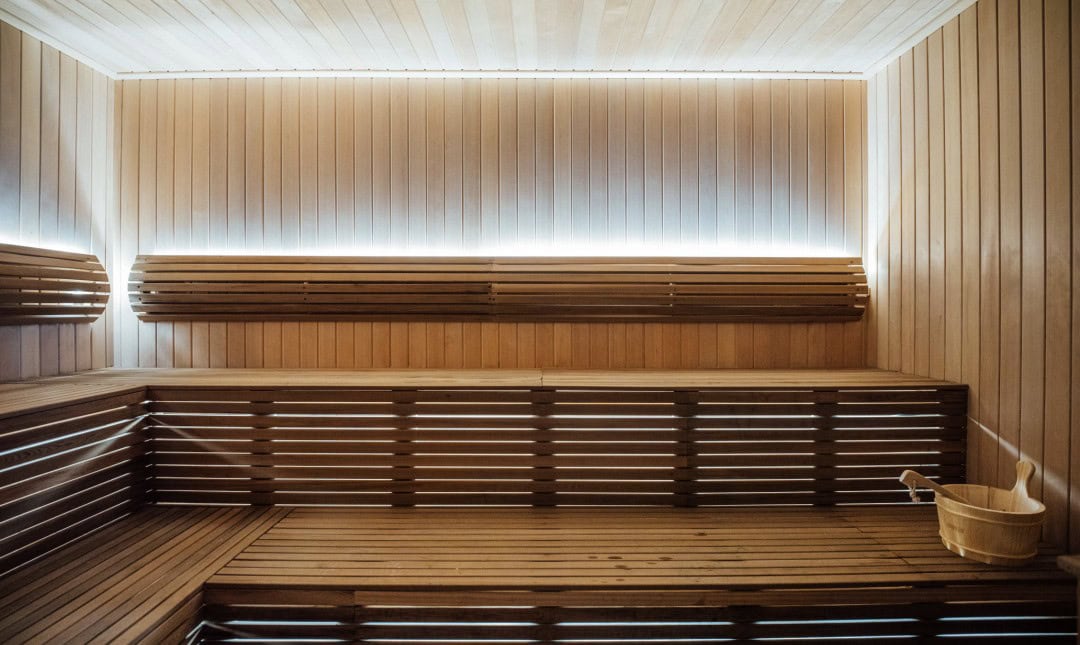
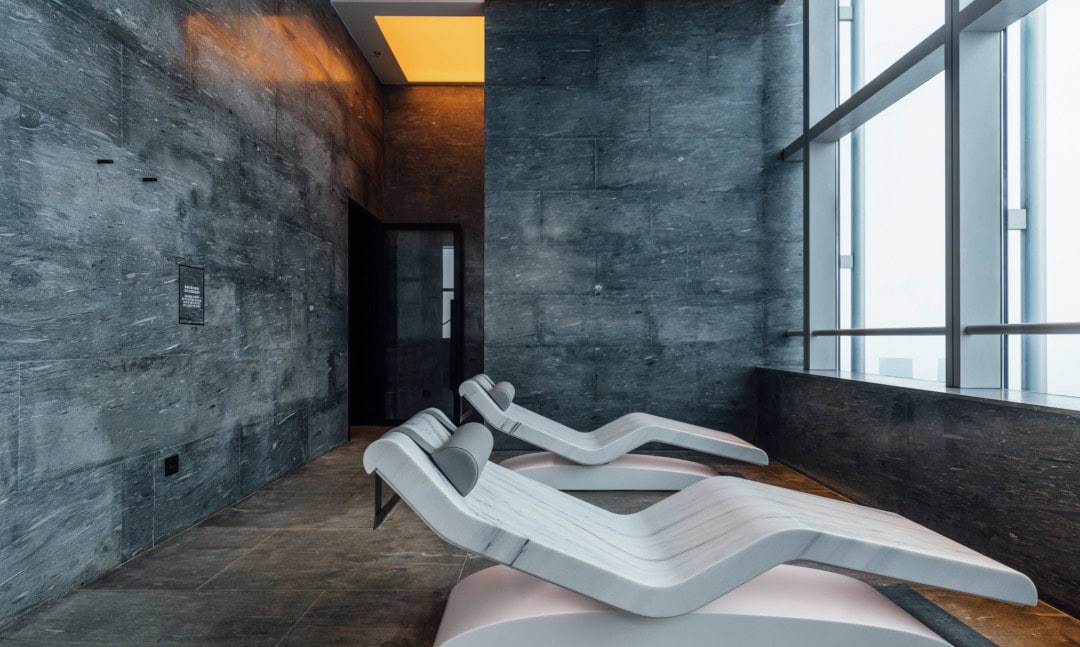
The indoor heated swimming pool appears rather “simple,” yet, it is quite expensive in terms of construction. All stone materials in the pool area come from imported natural Valser marble from the Alps, known for its excellent insulation properties that reduce the risk of guests getting cold. While the current temperatures don’t highlight this benefit, I can only imagine how this warmth will be appreciated in winter.
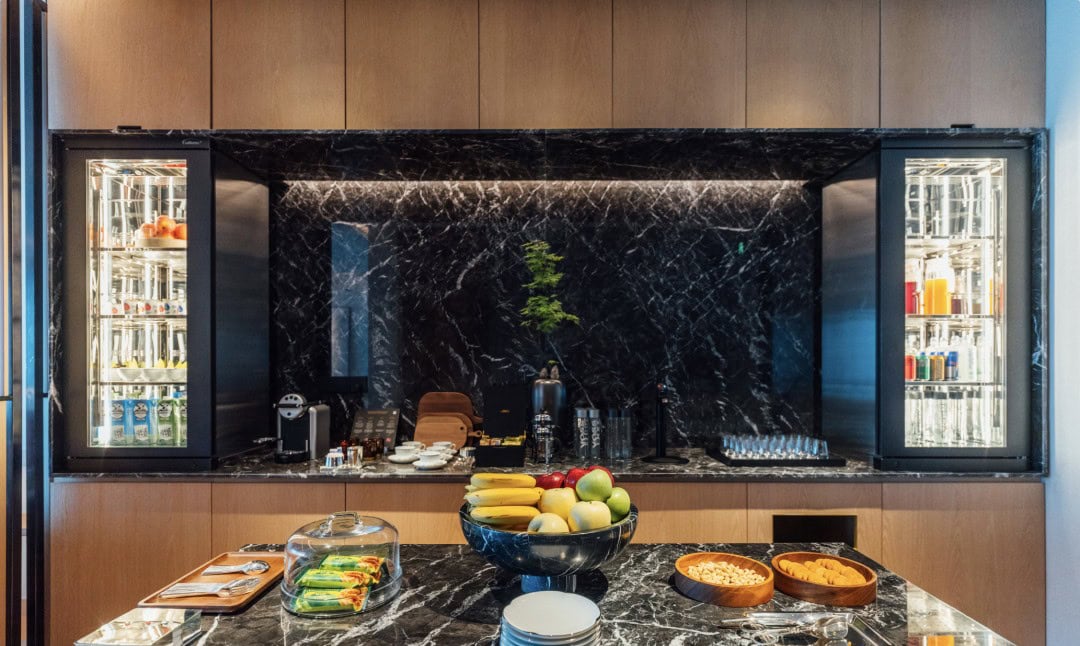
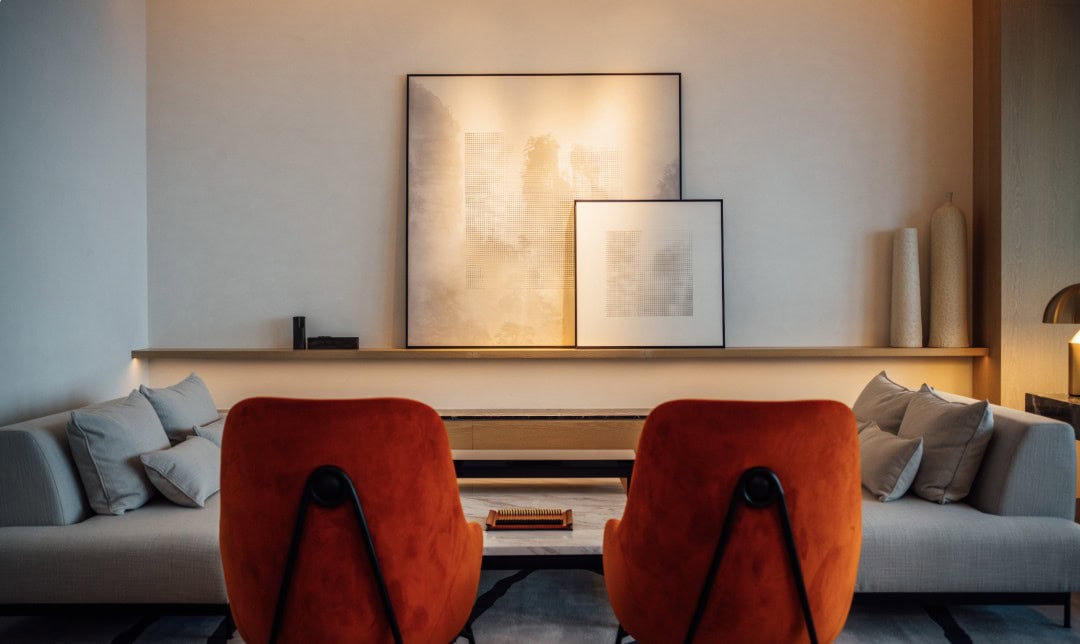
Changsha Park Hyatt may not have a spa, but its wellness facilities are luxurious. The hot tub features bubbly massage seats, and the showers can simulate various scenarios with adjustable water pressure and fragrant mist.
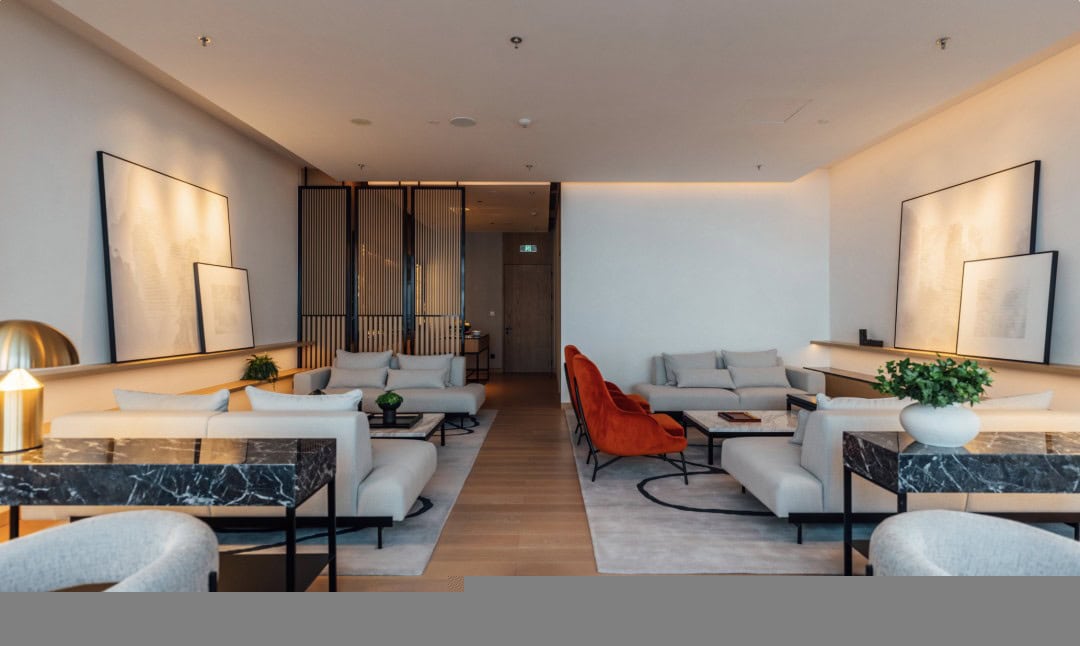
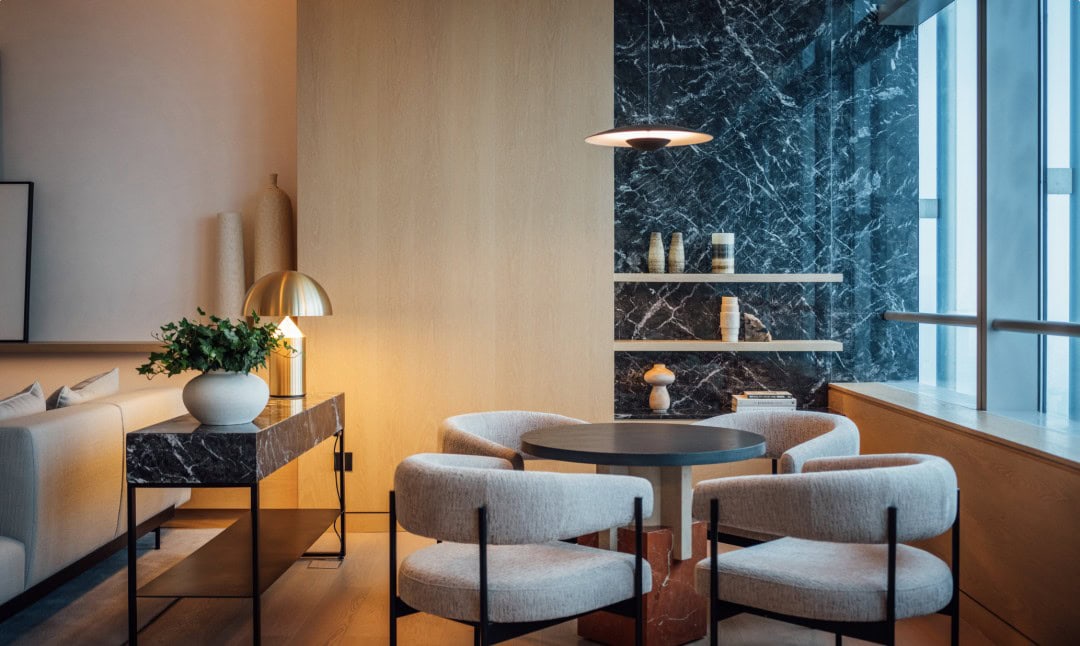
The temperature-controlled steam room is thoughtful, providing both dry and wet options depending on gender differences. Each therapy room includes two marble recliners designed according to the human form, allowing guests to recline and enjoy the stunning city views.
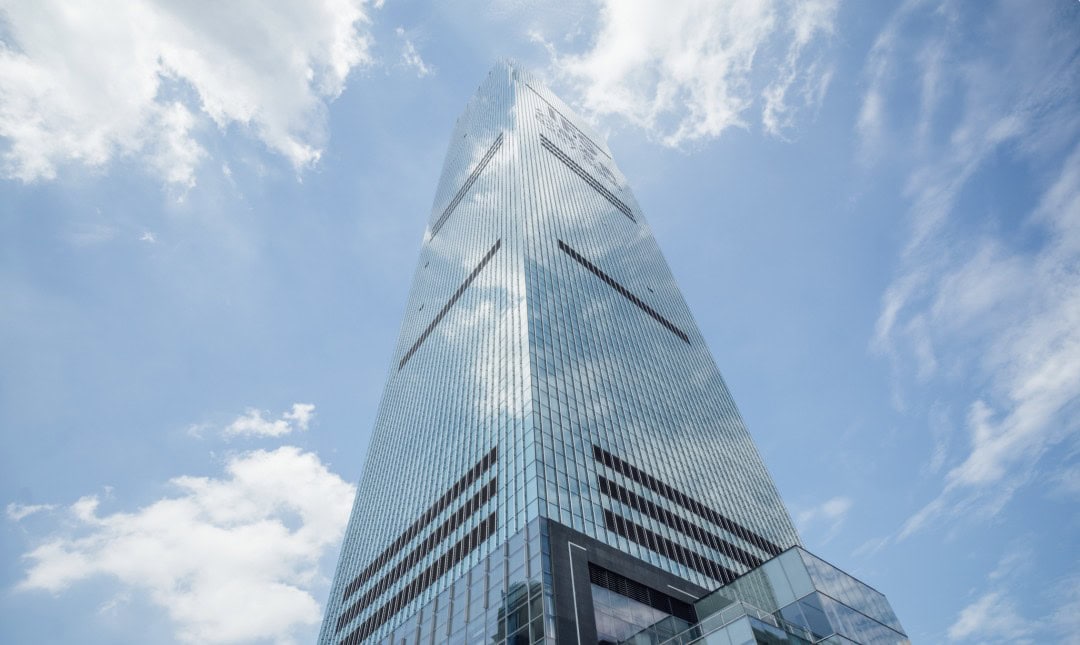
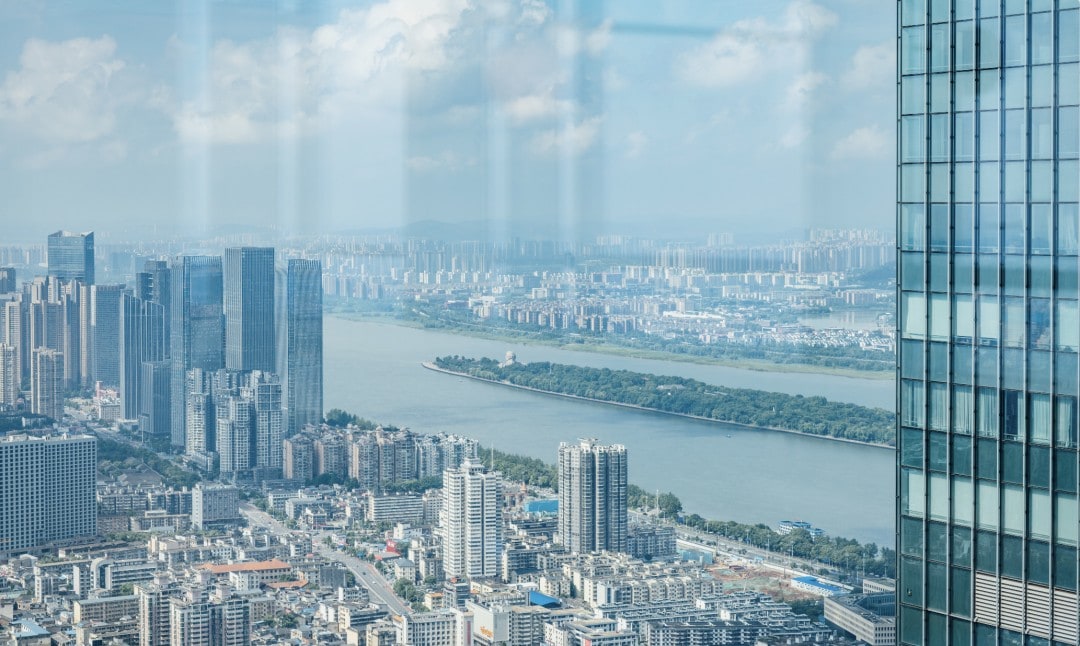
Park Hyatt even offers a dedicated lounge for guests visiting for sports.
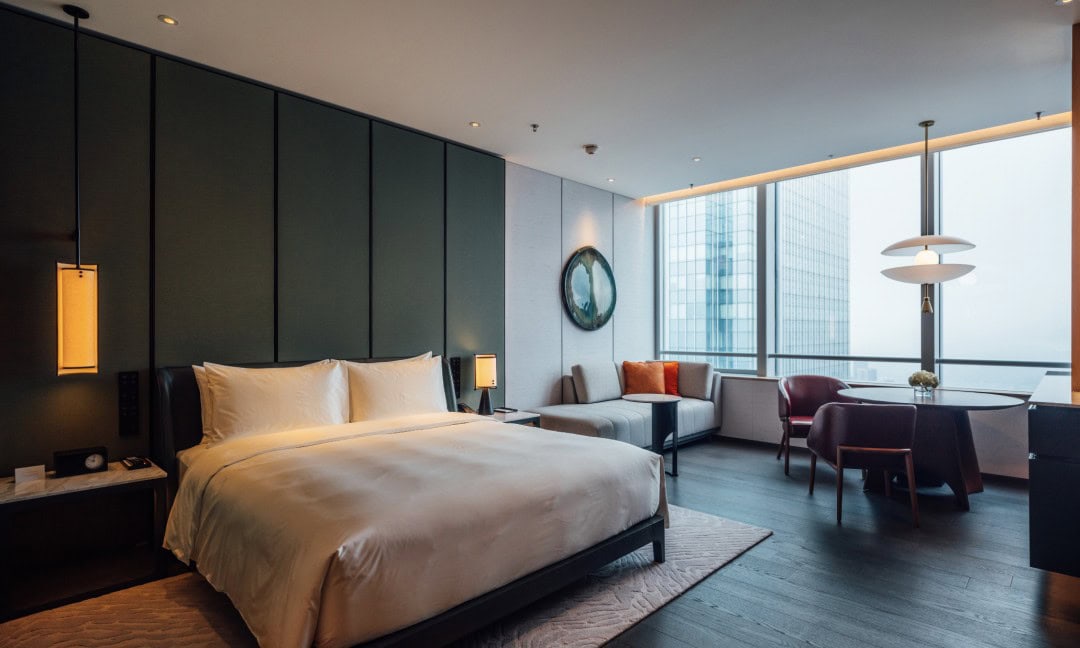
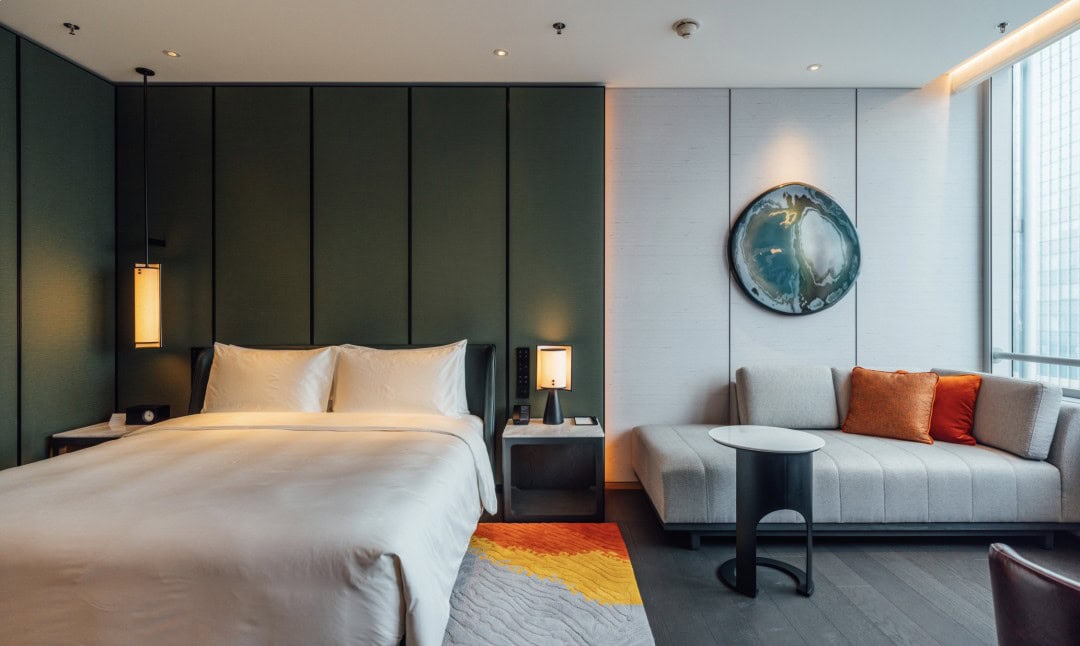
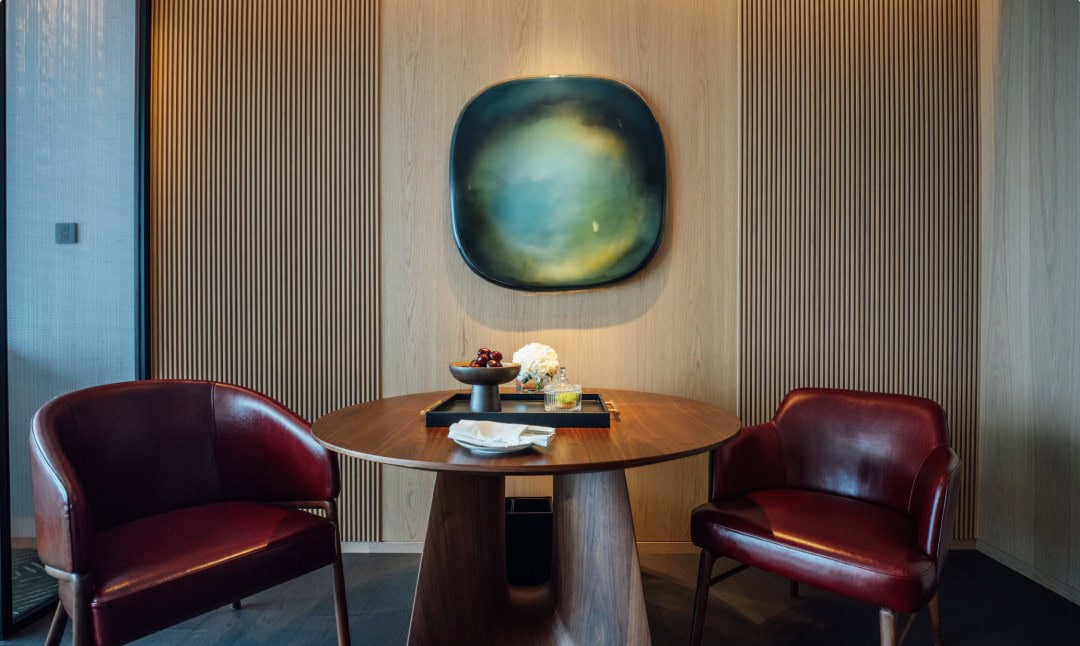
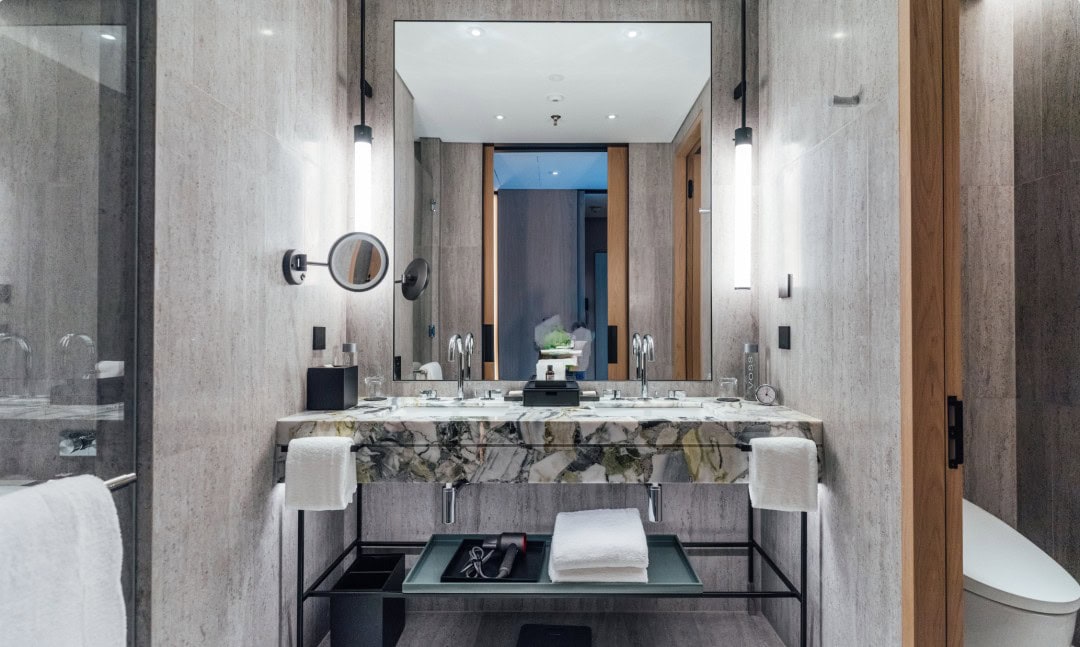
I can only say that Park Hyatt lives up to its reputation. It doesn’t overtly flaunt its luxury; instead, it invests effort in understated details, allowing guests to gradually discover its charm. Such personality in a hotel signifies low-key luxury; in a person, it’s termed as being aloof yet proud.
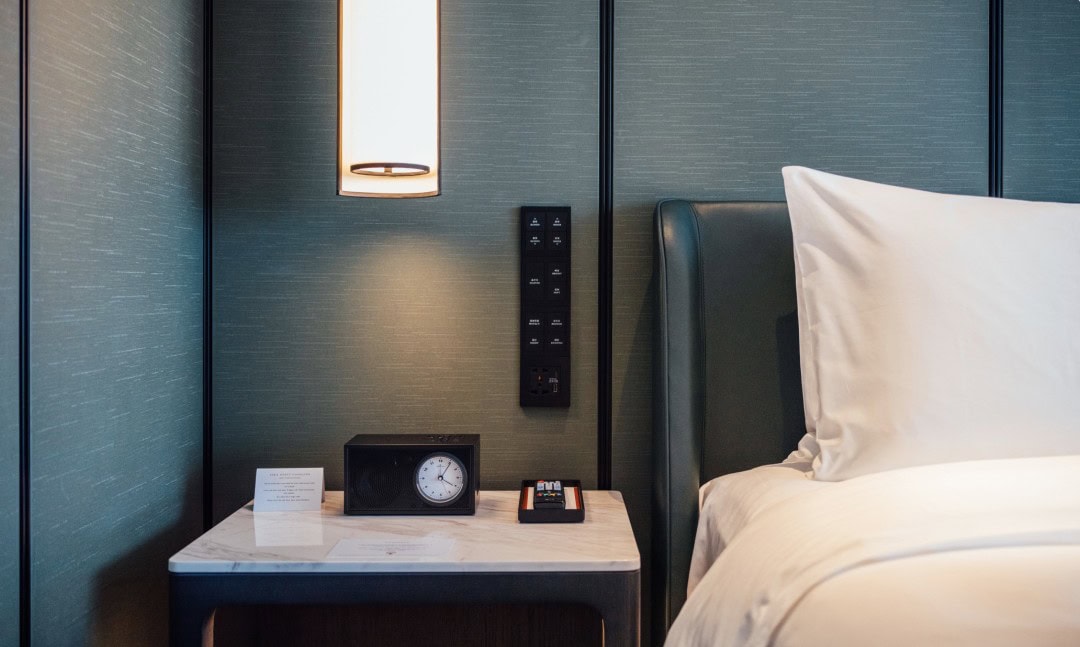
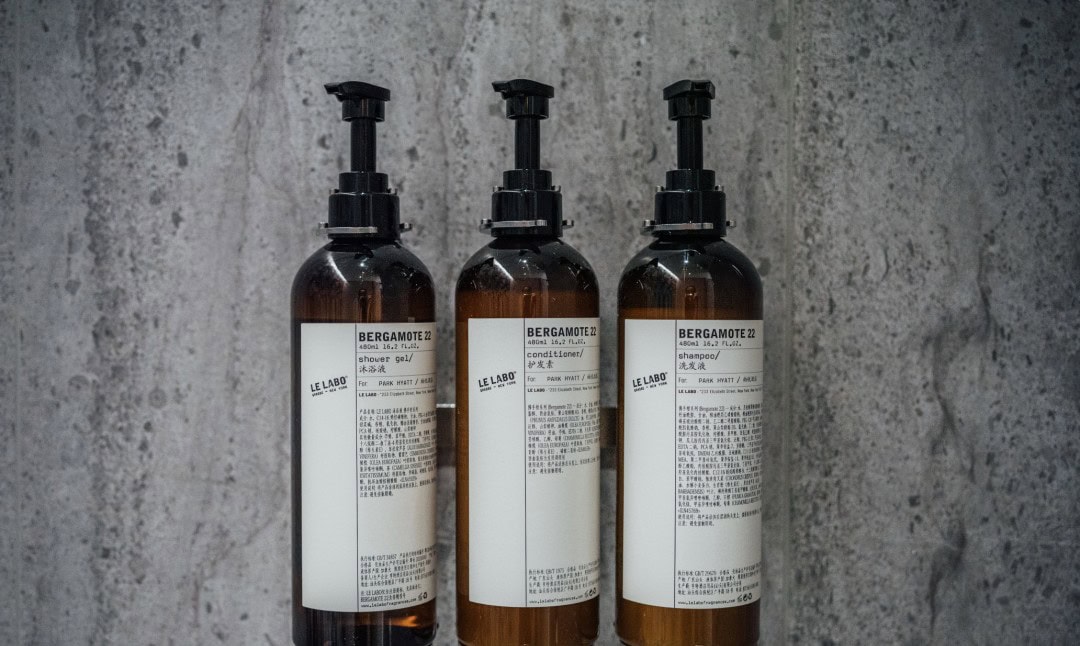
Changsha Park Hyatt features a total of 230 guest rooms located between the 54th and 61st floors, and every room offers unbeatable high-altitude views. During my stay, it drizzled in Changsha, giving the sensation of sleeping among the clouds. The room views either show the cityscape or the river, with river views regularly displaying the “Old Changsha Trio.”
*Some rooms even provide views of historical figures’ iconic hairdos.
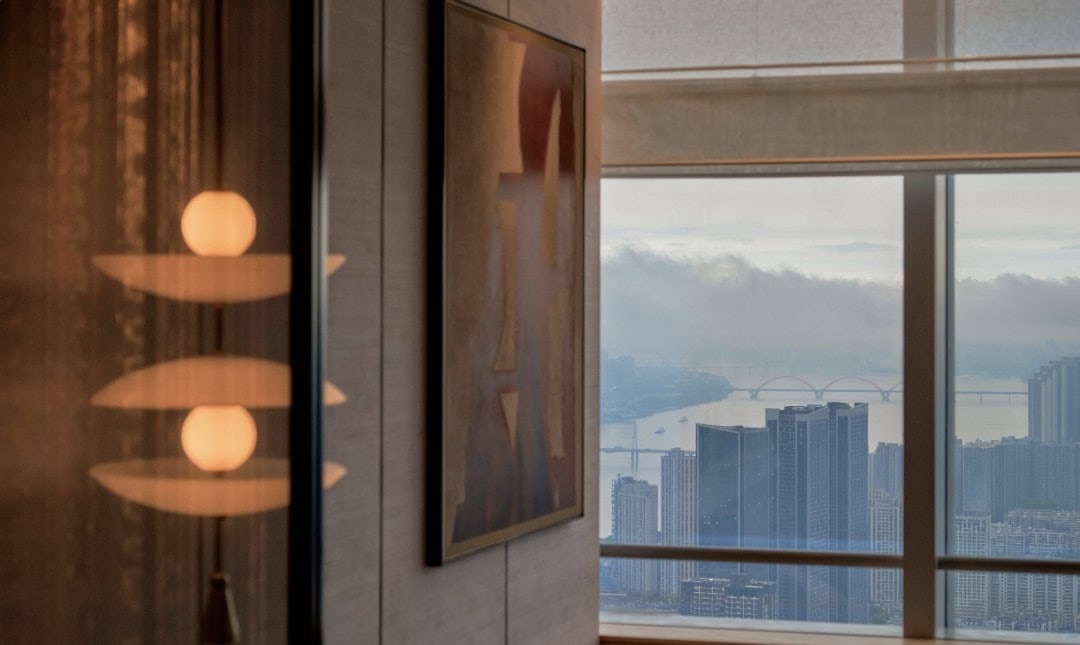
Unlike the public areas, the guest room color schemes are much more subdued, featuring dark green as the main color accented with dark red furnishings, which symbolize the natural elements of mountains and rivers while retaining that familiar Park Hyatt flavor.
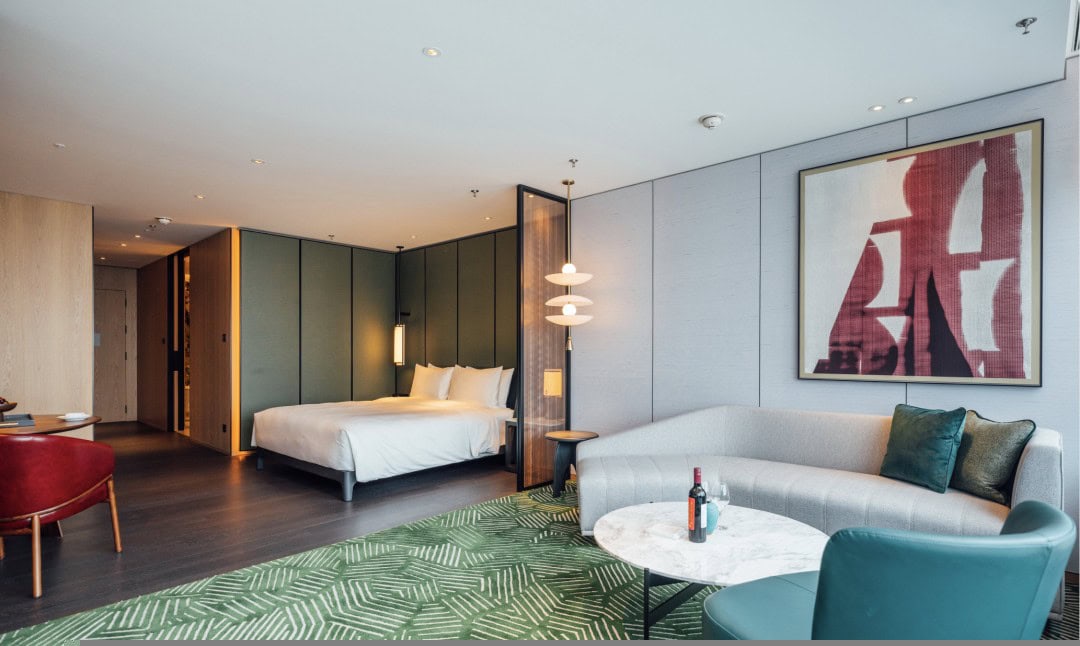
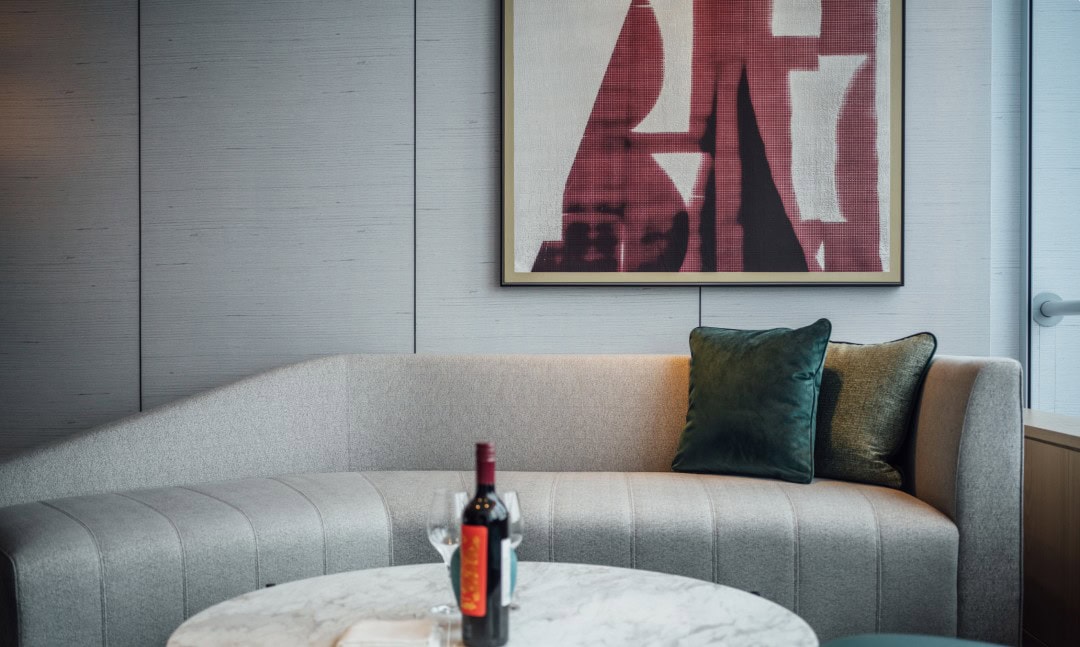
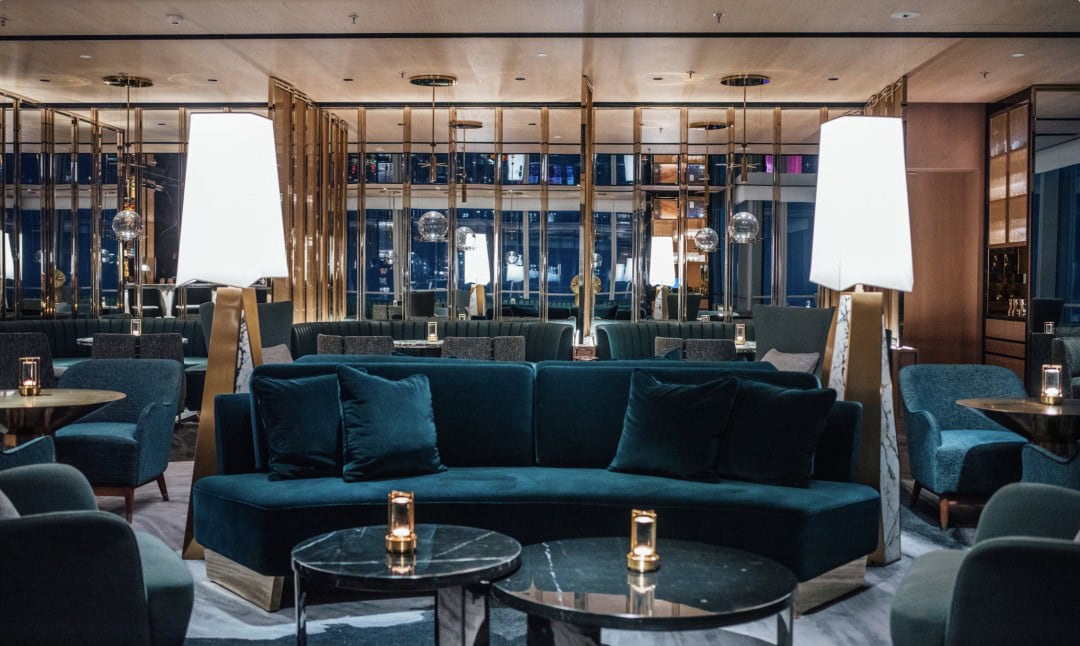
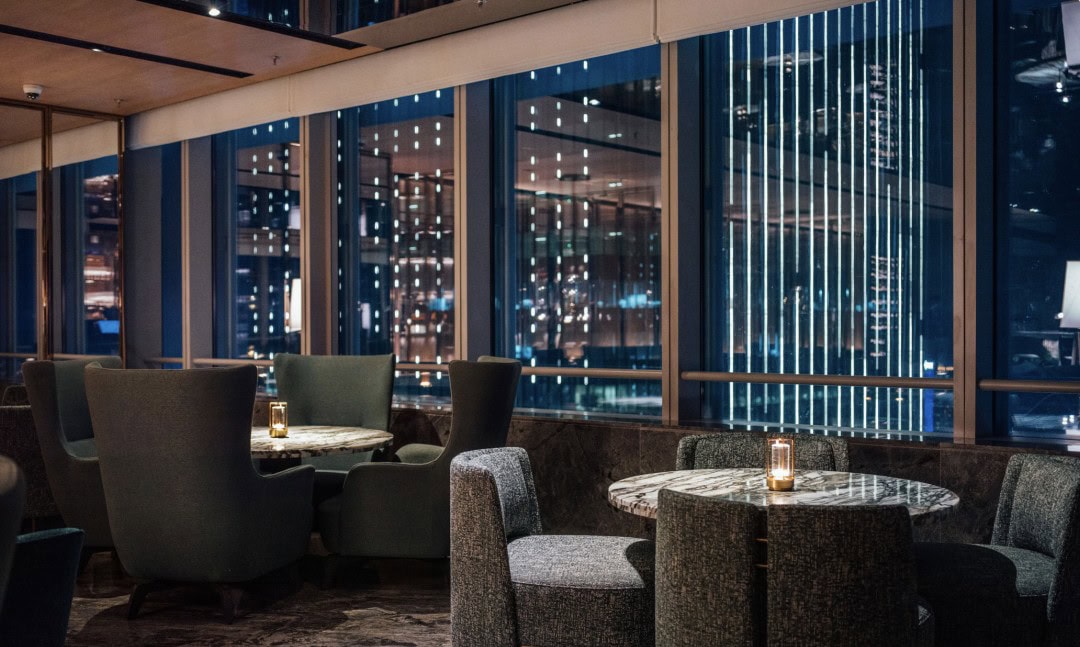
Continuing with the design of the public areas, the guest room interior still draws inspiration from natural elements like wood and stone. For instance, the bathroom sinks utilize natural marble “cold jade” instead of the typical ceramic basins, showcasing understated luxury.
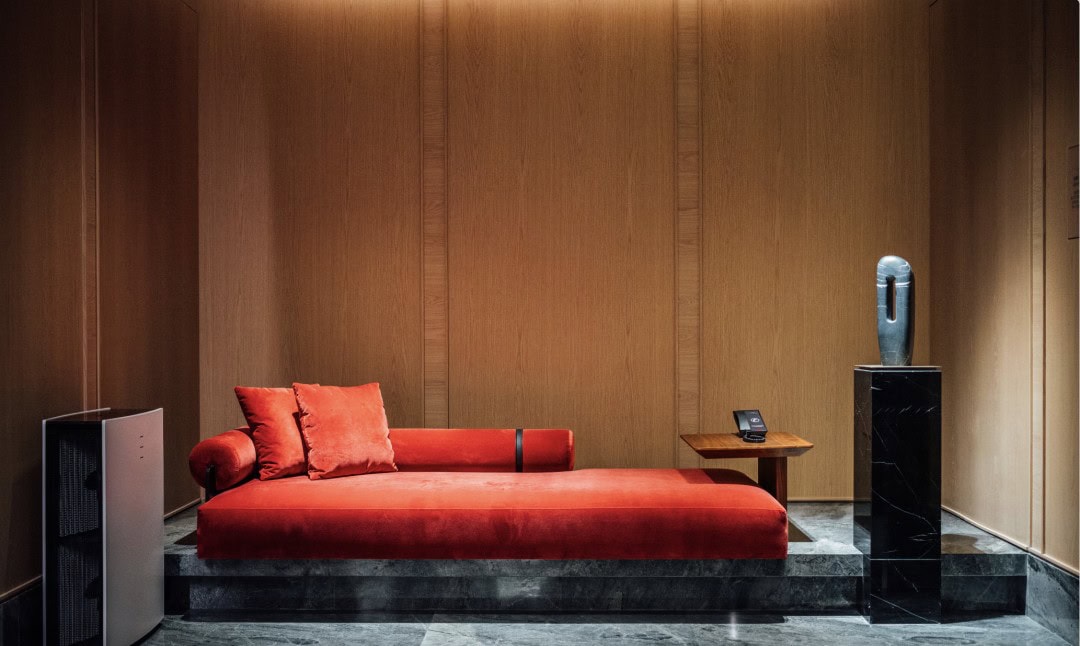
Looking closely at the details, the in-room water has been upgraded from the usual 5100 Tibet Glacier water to imported glass-bottled VOSS. Custom Bluetooth alarm clocks from the trendy British brand Oliver Hemming accompany the familiar full set of Le Labo No. 22 amenities, and the coffee capsules are thoughtfully curated in six flavors.

However, beyond these outward offerings, I was most impressed by the guest experience Park Hyatt crafted. As I drew the sheer curtains, the lamp on the table cast the shape of a small boat onto the fabric—a nod to the rural Hunan’s charm, reflecting the romance of traditional Chinese culture. The touchpad in the room lights up when your hand approaches, eliminating the struggle of fumbling in the dark for overly bright lights.
Every Park Hyatt is deservedly the crown jewel of its city. The reason Park Hyatt is so revered is that it can withstand scrutiny under a magnifying glass in terms of its location, views, design, service, dining, and maintenance.


